Le Monde Problématique's Public Feed: Willkommen zu meiner Debattenr...
Willkommen zu meiner Debattenrundschau vom 11.11.2019!
In ihrer Kolumne für Dazed Digital erläutern Zarina Muhammad und Gabrielle de la Puente aka The White Pube die Frage einer anonymen Künstlerin, wie sie als Schwarze Frau mit Fluchthintergrund mit beruflichen Möglichkeiten umgehen solle, welche ihr offensichtlich nur aus Tokenismus- oder Quoten-Gründen zuteil werden würden. Die Antwort der beiden: Quotenregelungen seien prinzipiell seine gute Sache, würden sie doch konkrete Maßstäbe bilden, an denen sich Institutionen messen lassen müssten. Dies sei besser als die üblichen symbolischen Gesten. Tatsächlich macht es wenig Sinn einfach die Einschätzungen der beiden wiederzugeben, dafür ist ihr Schreibstil viel zu prägnant und witzig. Deshalb: bitte selbst lesen, es lohnt sich sehr.
Ich bin erst vor kurzem darüber gestolpert, dabei scheint er im Bereich der Filmkritik schon seit einigen Jahren populär zu sein - es geht um den Bechdel-Test, benannt nach der US-amerikanischen Autorin Alison Bechdel. Laut Wikipedia wird er verwendet, „um Stereotypisierungen weiblicher Figuren in Spielfilmen wahrzunehmen und zu beurteilen.“ Er bestehe aus drei einfachen Fragen. Würden sie positiv beantwortet, habe der Film den Test bestanden: „Gibt es mindestens zwei Frauenrollen? Sprechen sie miteinander? Unterhalten sie sich über etwas anderes als einen Mann?“
Ökonom und Unternehmer Magnus Resch und Stefan Heidenreich, Autor und Professor für Medientheorie, sind vor wenigen Tagen mit einer Streitschrift in die Öffentlichkeit getreten,welche auf Zeit Online veröffentlicht wurde (Eine englische Version erschien parallel auf Artsy ). Die Kernthese der beiden: Der Kunstbetrieb sei völlig dem Dogma der Exklusivität verpflichtet, welches völlig unzeitgemäß und damit dringend zu überwinden sei. Eine kleine Zahl an vermögenden Individuen dominiere mit ihrem Geschmack und Geld, was in Museen, Galerien und Ausstellungshäusern gezeigt werde. BetrachterInnen seien es heutzutage gewohnt selbst zu entschieden was sie sehen wollten, also solle man sie verstärkt einbinden und so die Kunst demokratisieren. Die schöne neue Kunstwelt malen sich die beiden folgendermaßen aus: „Sollte es gelingen, die Kunst demokratisch neu zu beleben, werden am Ende alle etwas davon haben. Die Betrachter, die mit den Werken wieder etwas anfangen können. Die Künstler, die wieder Anerkennung finden, auch außerhalb der kleinen Szene, auf die sie jetzt zurückgeworfen sind. Die Sammler, die wieder Dinge von Bedeutung erwerben können. Wir glauben an die Kraft der Kunst. Befreien wir sie vom Kult des Exklusiven und öffnen sie den vielen, die Kunst lieben.“ Der sehr kurze Text ist nicht besonders erhellend, da er seine Themen nur sehr oberflächlich anreist. Dennoch erzeugt er gewisse Aufmerksamkeit, was bei so viel fundamentaler Kritik an den Grundstrukturen des Betriebs kaum überrascht.
Silke Hohmann hat die beiden Autoren für Monopol zum Interview getroffen, um mit Ihnen über ihre Thesen zur Demokratisierung der Kunst zu sprechen. Magnus Resch präzisiert darin: „‘Gute Kunst‘ existiert nicht. Der Begriff ‚Gute Kunst‘ ist eine Marketingphrase. Die Bewertung von Kunst ist ausschließlich subjektiv. Wenn wir also mehr Stimmrecht für Betrachter fordern, dann geht es darum die Leute zu fragen, ob sie damit etwas anfangen können.“ Interessant ist schon, wie sehr der Text und auch die Interview-Antworten der beiden Autoren von Wirtschaftsvokabular geprägt sind. Das kommentiert auch Silke Hohmann mit folgender Frage: „Herr Resch, wollen Sie als Ökonom nicht einfach Kunst auf die platte Zufriedenheits- und Bewertungslogik von Marktplattformen runterbrechen?“ Reschs Antwort: „Was ist falsch dran, auf den Besucher zu hören? Eine Ausstellung, die keiner besucht, aber Steuergeld verschwendet, ist für mich eine schlechte Ausstellung. Eine Ausstellung, die auf Instagram gefeiert wird, dadurch neue Leute ins Museum spült, für hohe Ticketverkäufe sorgt und durch Sponsorengelder die Kasse vollmacht - das ist eine gute Ausstellung. In der Kunstwelt denkt man jedoch genau andersherum. Was Instagram feiert, gilt für die Kunstelite als schlichtweg stumpf. Diese Arroganz ist unangebracht.“
Eine gute Antwort auf die Thesen von Heidenreich / Resch liefert Unternehmer Christian Kaspar Schwarm, ebenfalls in der Zeit. Einige der Kritikpunkte, welche Hohmann in ihrem Interview angesprochen hat, werden von Schwarm ebenfalls aufgegriffen und um zusätzliche ergänzt. Die meisten der Thesen des Duos hält Schwarm für überholt; manche seien sogar schädlich für die Kunst und führten zu ihrer Verflachung. Die Forderung nach Mitbestimmung des Publikums sei quasi schon Realität, so der Autor: „Kaum ein Museum erlaubt sich heute noch, Ausstellungen zu konzipieren, ohne auf die erwarteten und tatsächlich erzielten Besucherzahlen zu schielen. Im Fernsehen nennt man das ‚die Quote‘, und die allgemeine Quotenhörigkeit hat keineswegs dazu geführt, dass das TV-Programm in den letzten Jahrzehnten besser wurde.“ Ein großes Potential der Kunst sei es, neues entdecken zu können: „Aktive, persönliche Beschäftigung mit Kunst darf dabei nicht – wie von Resch und Heidenreich getan – auf reines Konsumverhalten heruntergebrochen werden. Sie gleicht vielmehr dem Erlernen eines Instruments: Die Freude entsteht beim Spielen. Und es ist doch das Neue, das Unbekannte, das noch Ungelernte, das uns Menschen wachsen lässt. Das ist es, was wir all jenen erzählen müssen, die noch gar nicht ahnen, was gute Kunst mit ihrem Seelenleben anstellen kann. Ich fürchte, Stefan Heidenreich und Magnus Resch zählen dazu.“
Passend zum nahenden dreißigsten Jahrestag der Deutschen Einheit und den zahlreichen Diskussionen, die ihn begleiten, wurde nun bekannt, dass die sogenannte „Einheitswippe“ nicht wie geplant noch im laufenden Jahr in die Realisierung gehen kann. Das quasi bundesdeutsche Denkmal für die Deutsche Wiedervereinigung soll aus einer riesigen, begehbaren Wippe bestehen und vor dem rekonstruierten Stadtschloss gebaut werden. Daraus wird erst einmal nichts, wie unter anderem Spiegel Online berichtet. Am Bauplatz würden bedrohte Fledermausarten ihren Winterschlaf halten, weshalb der Nabu gegen den Baubeginn erfolgreich geklagt habe. Der Wettbewerb zum Denkmal fand bereits 2009 statt, 2013 war der ursprünglich geplante Baubeginn. Über wie wechselhafte Geschichte dieses grotesken Entwurfs kann man sich hier auf Wikipedia infomieren.
Adam Soboczynski und Tobias Timm haben für die Zeit mit dem Maler Norbert Bisky und seinem Bruder, dem Autor Jens Bisky, über ihr Leben in der späten DDR gesprochen. Beide sind Söhne des Linken-Politikers Lothar Bisky, welcher zu DDR-Zeiten ein hoher Kulturfunktionär war. Norbert Bisky drückt das damalige Selbstverständnis der Familie folgendermaßen aus: „Wir leben auf der besseren Seite der Menschheit.“ Das lesenswerte Interview dreht sich vor allem um die Vor- und Nachwendeerfahrungen der beiden. Auf die Figurenkonstellationen in seinen Bildern angesprochen, antwortet Norbert Bisky: „Das ist die Erfahrung, die im Osten alle teilen: dass jeden Moment alles zusammenbrechen kann. Deshalb gibt es in meinen Bildern keinen festen Boden, keine rechten Winkel, vieles ist in Bewegung, rutscht ab.“ Und über seine Anfangszeit als Künstler bemerkt er: „Anfangs wäre ich gern ein kalifornischer Maler geworden. Da sagte Baselitz: Nein, du musst etwas mit deiner Biografie machen. Dann habe ich tatsächlich begonnen, die Bilder meiner Kindheit abzurufen. Inzwischen ist mir klar, dass nicht nur Ostdeutsche, sondern viele Millionen Menschen auf der Welt mit dieser Formensprache vertraut sind.“
Der in Berlin lebende Maler Martin Eder wird von einem britischen Künstler verklagt, welcher Eder vorwirft, eines seiner auf Instagram geposteten Bilder nahezu identisch in eine seiner Malereien integriert zu haben. In einem Artikel für den Berliner Tagesspiegel erläutert Frédéric Döhl die grundsätzliche Dimension des Rechtsstreits, welcher am vorvergangenen Mittwoch vor dem Berlin Kammergericht verhandelt wurde: „[Er hat Bedeutung] [f]ür jede Formen von Kunst, die zitiert und aneignet. Vom Hip-Hop über die Fan-Fiction bis eben zur Appropriation Art. Und der Fall hat das Zeug, dabei zu helfen, dem neuen Urheber- und Leistungsschutzrecht Kontur zu geben. Darauf wies das Kammergericht in seiner Eingangsstellungnahme ausdrücklich hin.“ Tatsächlich sah es das Gericht als erwiesen an, dass Eder das Urheberrecht des Klägers verletzt habe und entschied somit zu Gunsten des klagenden Künstlers Daniel Conway, wie aus einer Mitteilung der ihn vertretenden Kanzlei zu erfahren ist: „[…] Insbesondere werde das Urheberrecht Conways durch die Übernahme weiter Teile des Werkes ‚Scorched Earth‘ verletzt. Martin Eder könne sich nicht durchschlagend auf die Kunstfreiheit sowie auf das Zitatrecht berufen. Ein Zitat im urheberrechtlichen Sinn liege nicht vor.“
Zum Schluss ein Hinweis für verzweifelte MalerInnen: Wer sich regelmäßig mit dem Fertigstellen der eignen Bilder quält, dem helfen vielleicht jene vier Tipps weiter, welche Ingrid Christensen für Artsy zusammengetragen hat.
Johannes Bendzulla

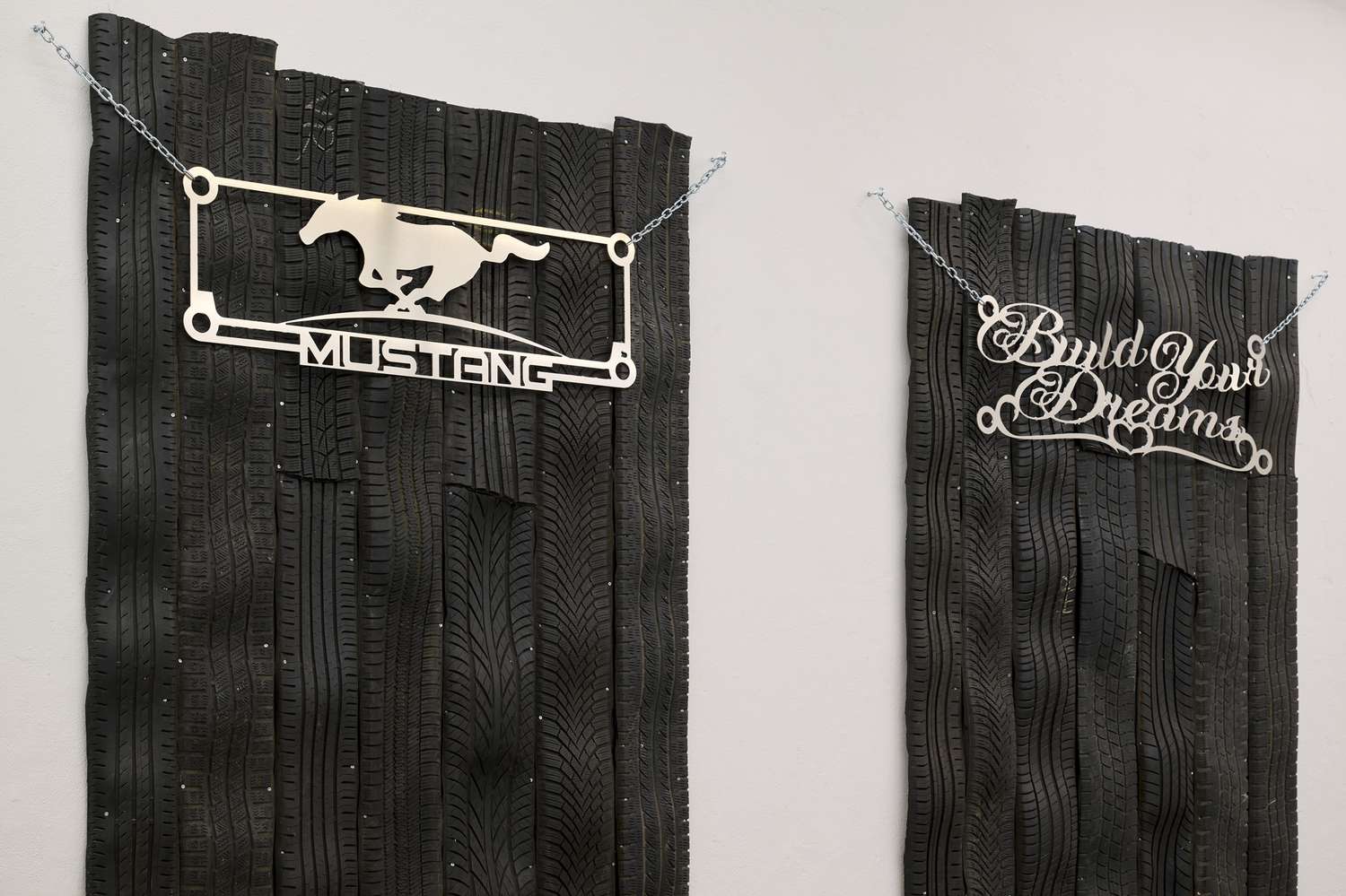
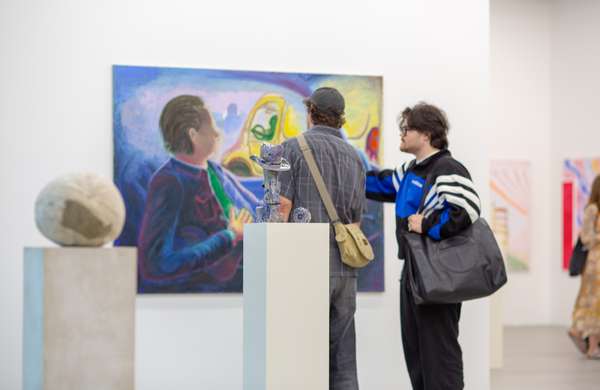
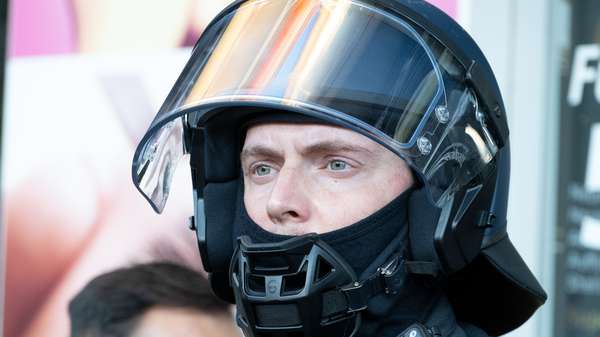
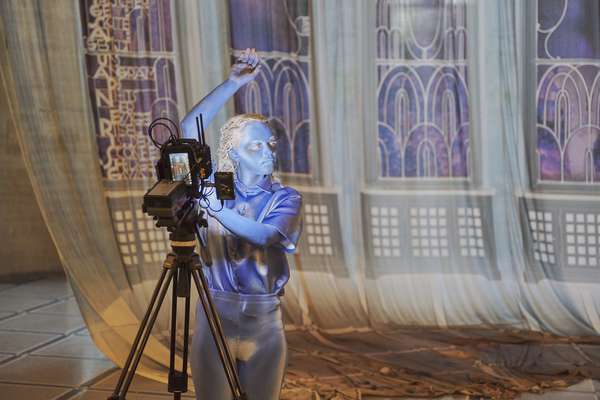

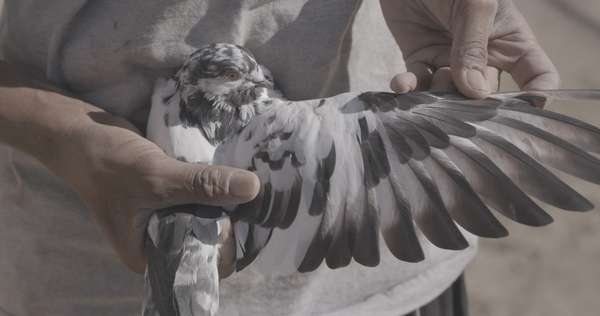
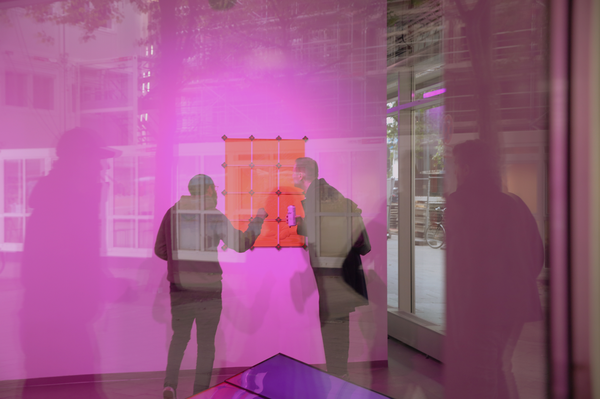
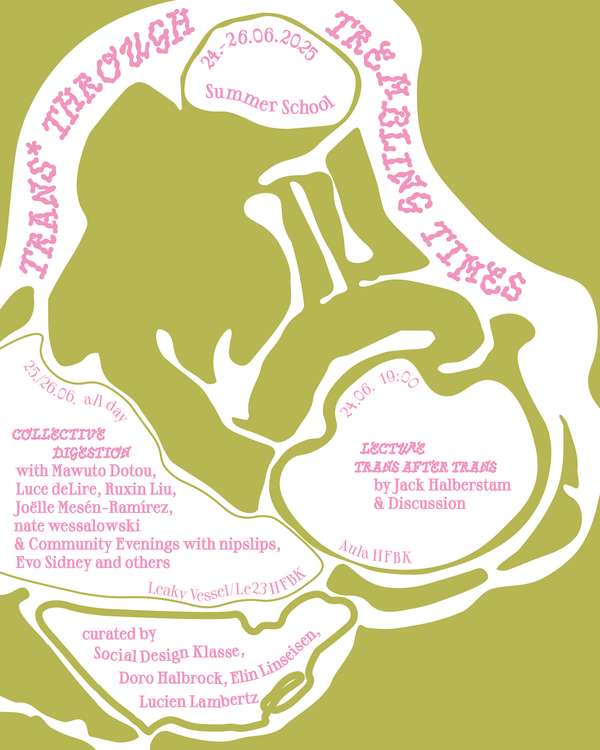
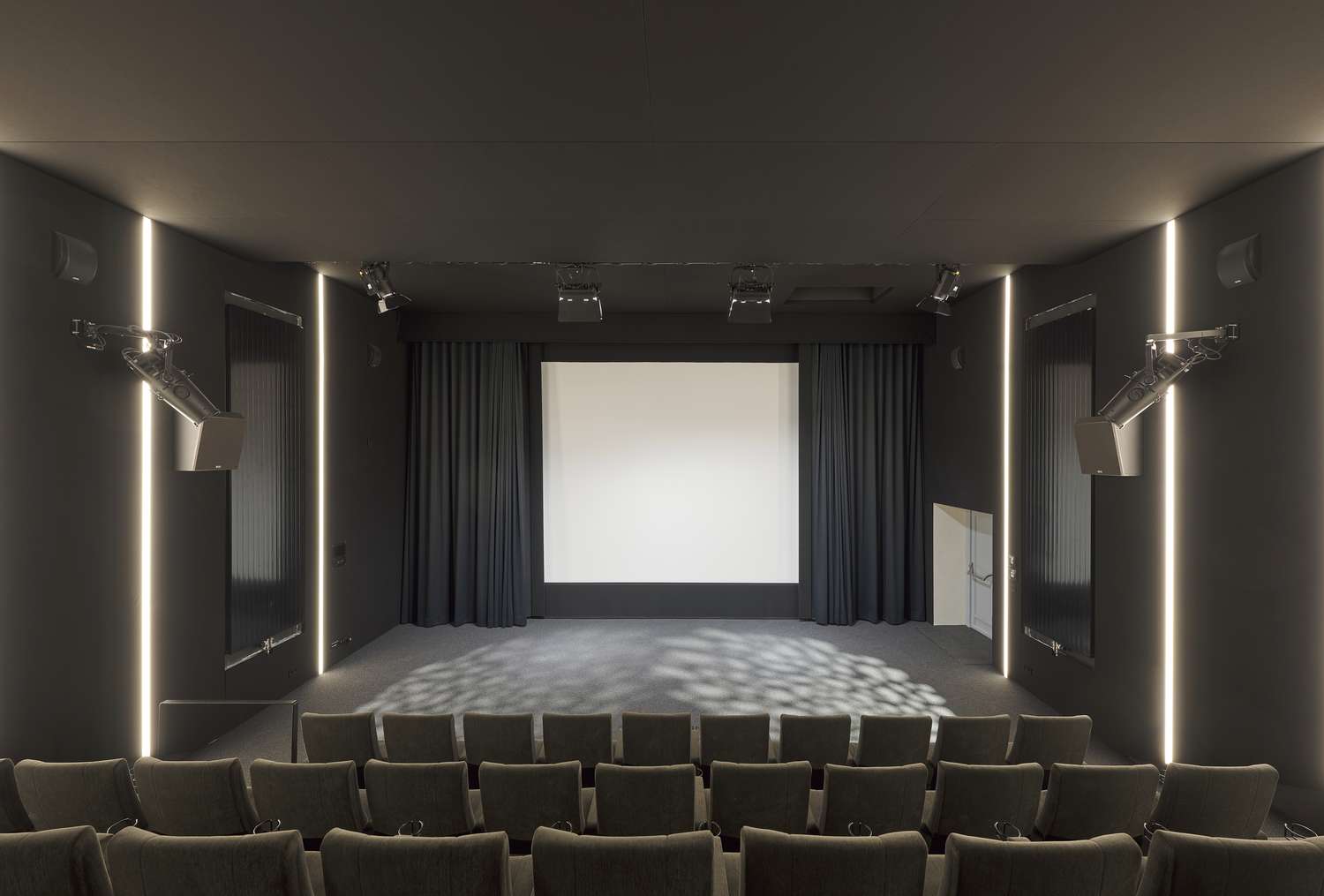
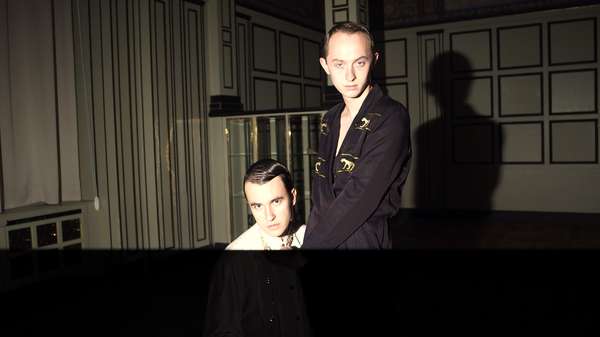
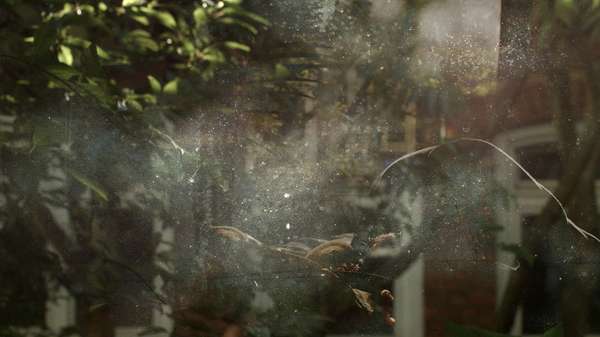
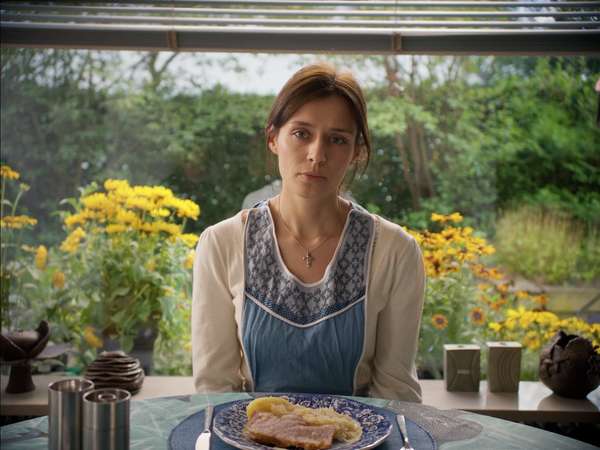
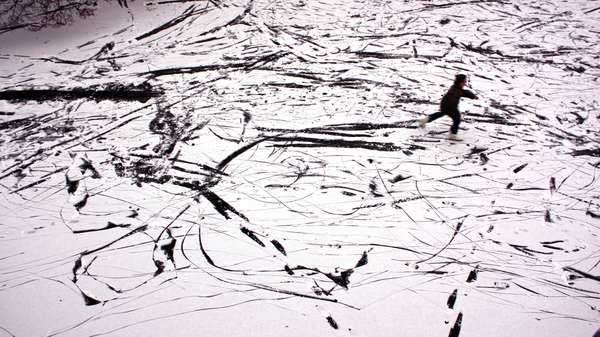
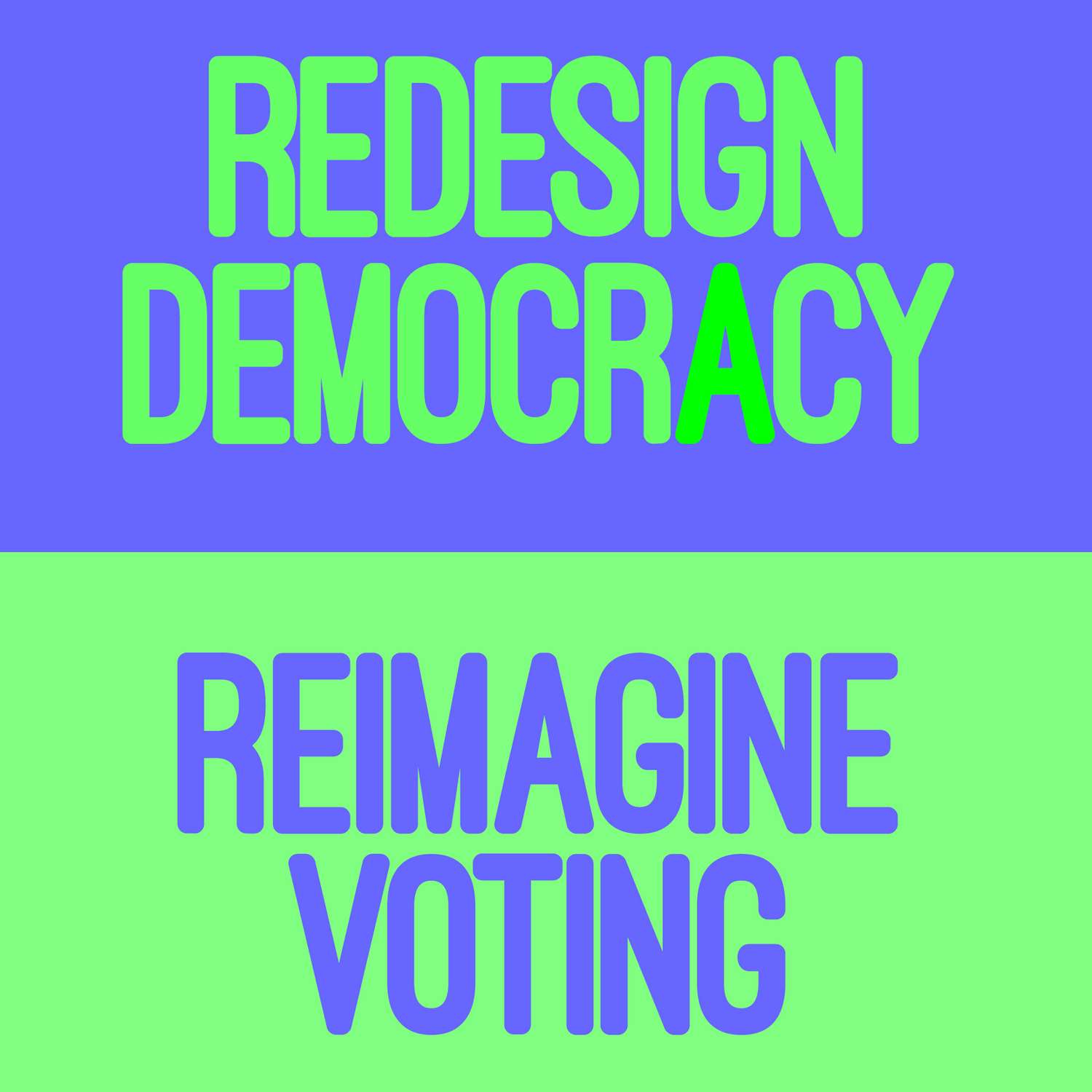
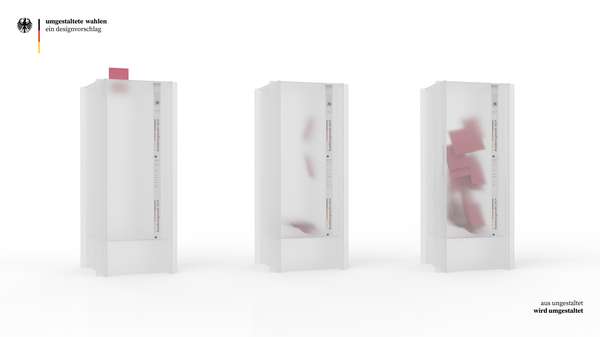
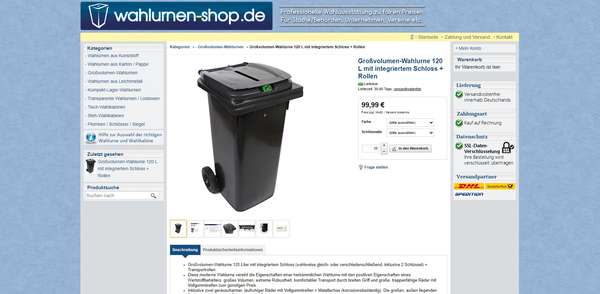
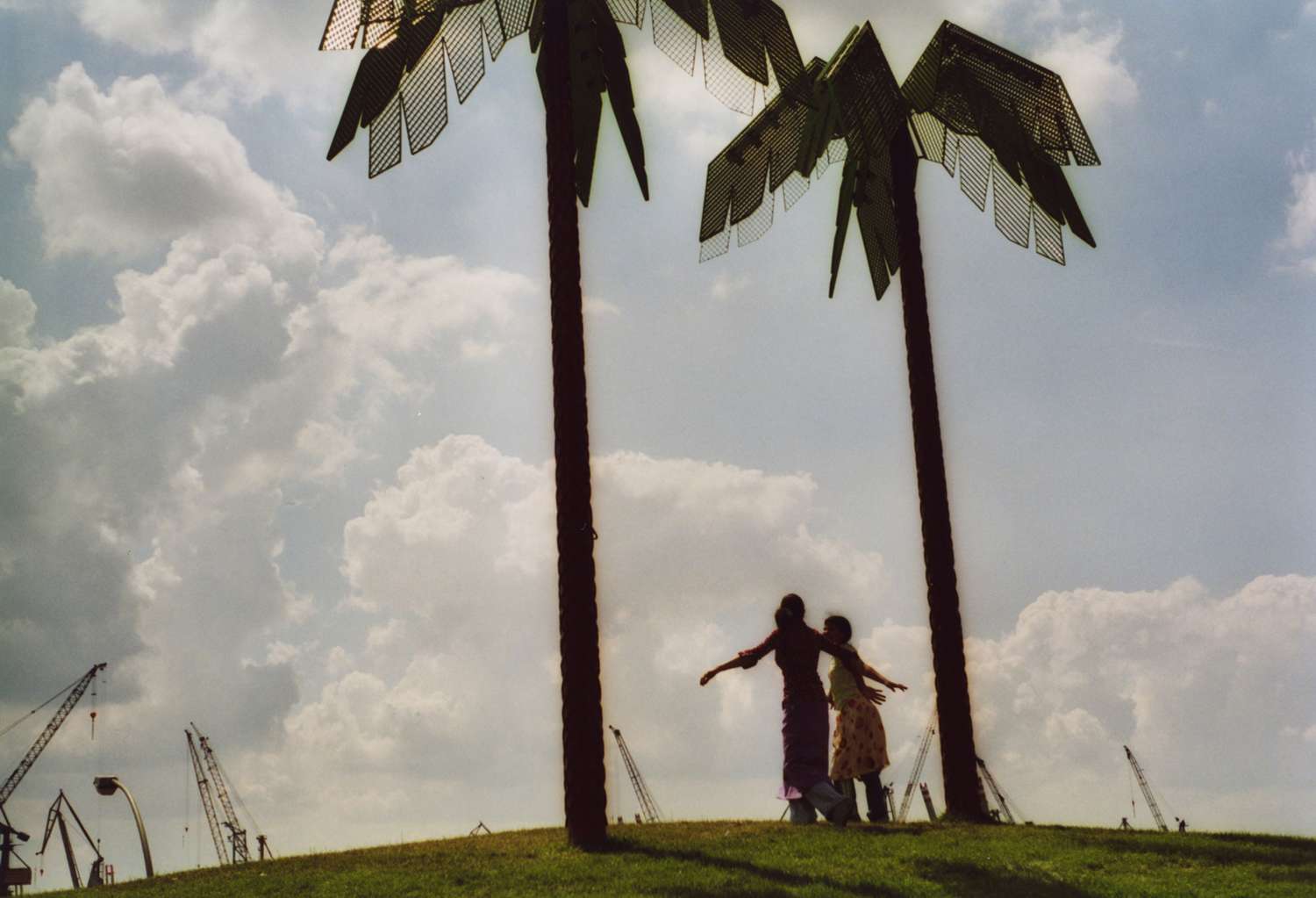
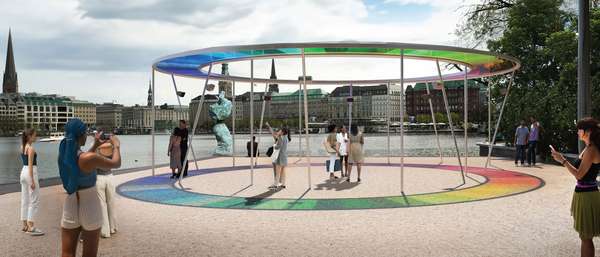
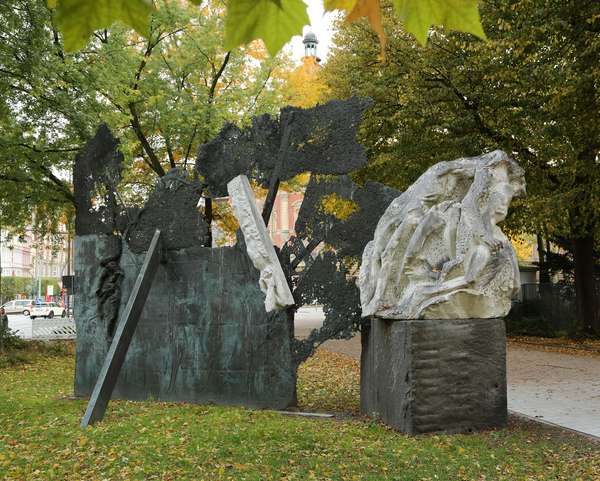
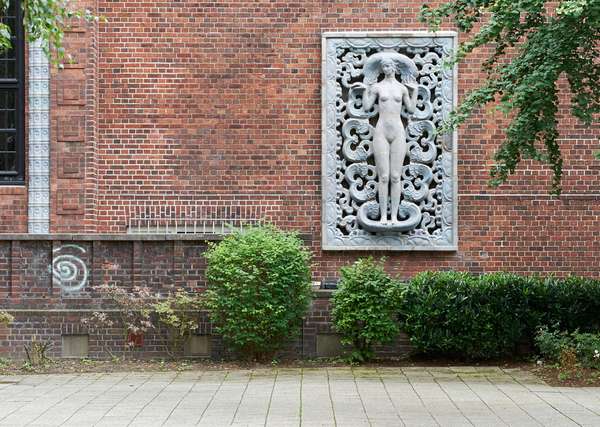
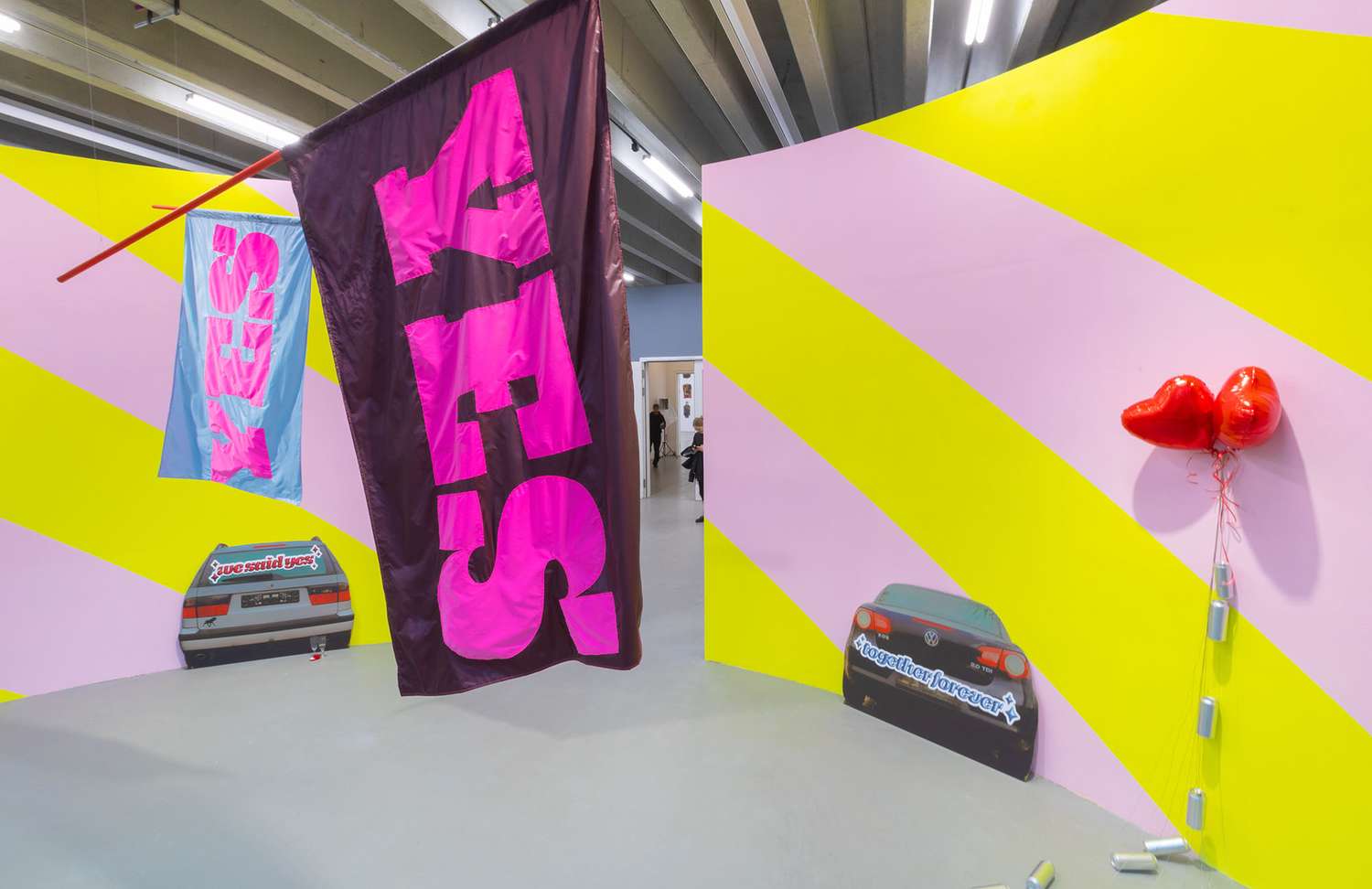
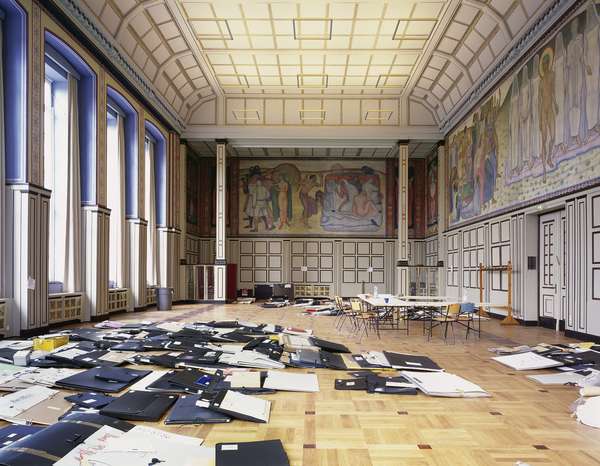
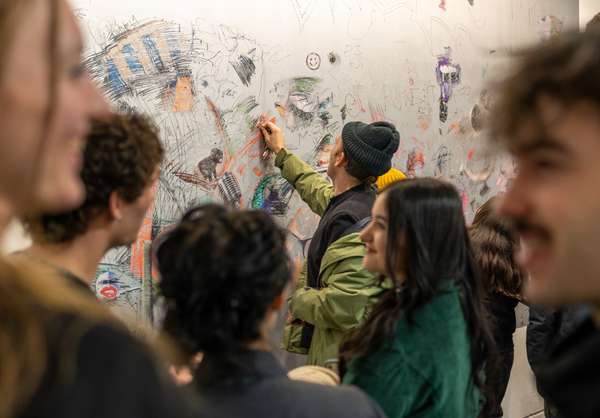
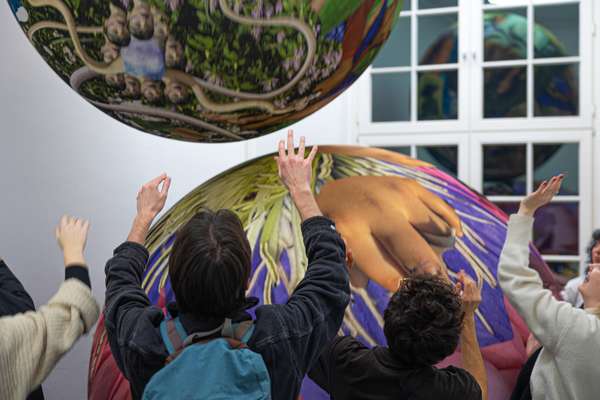
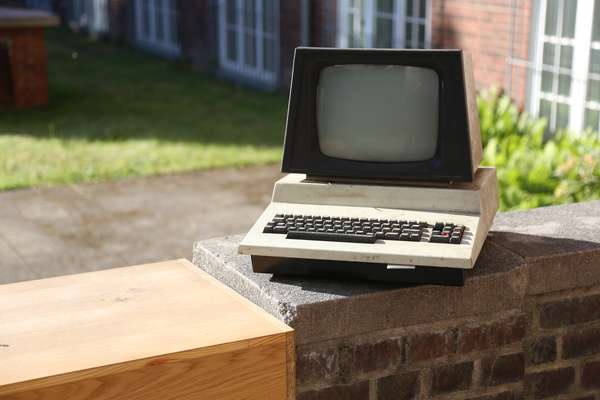

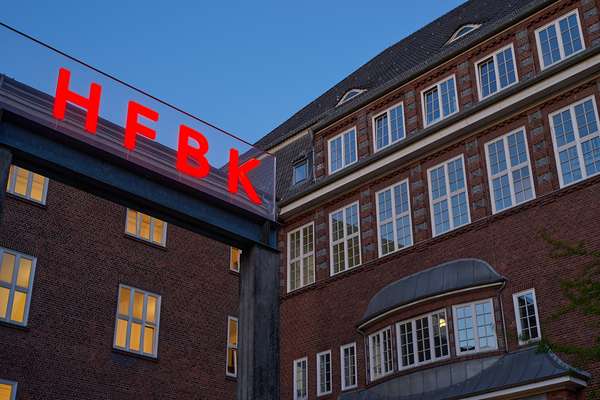
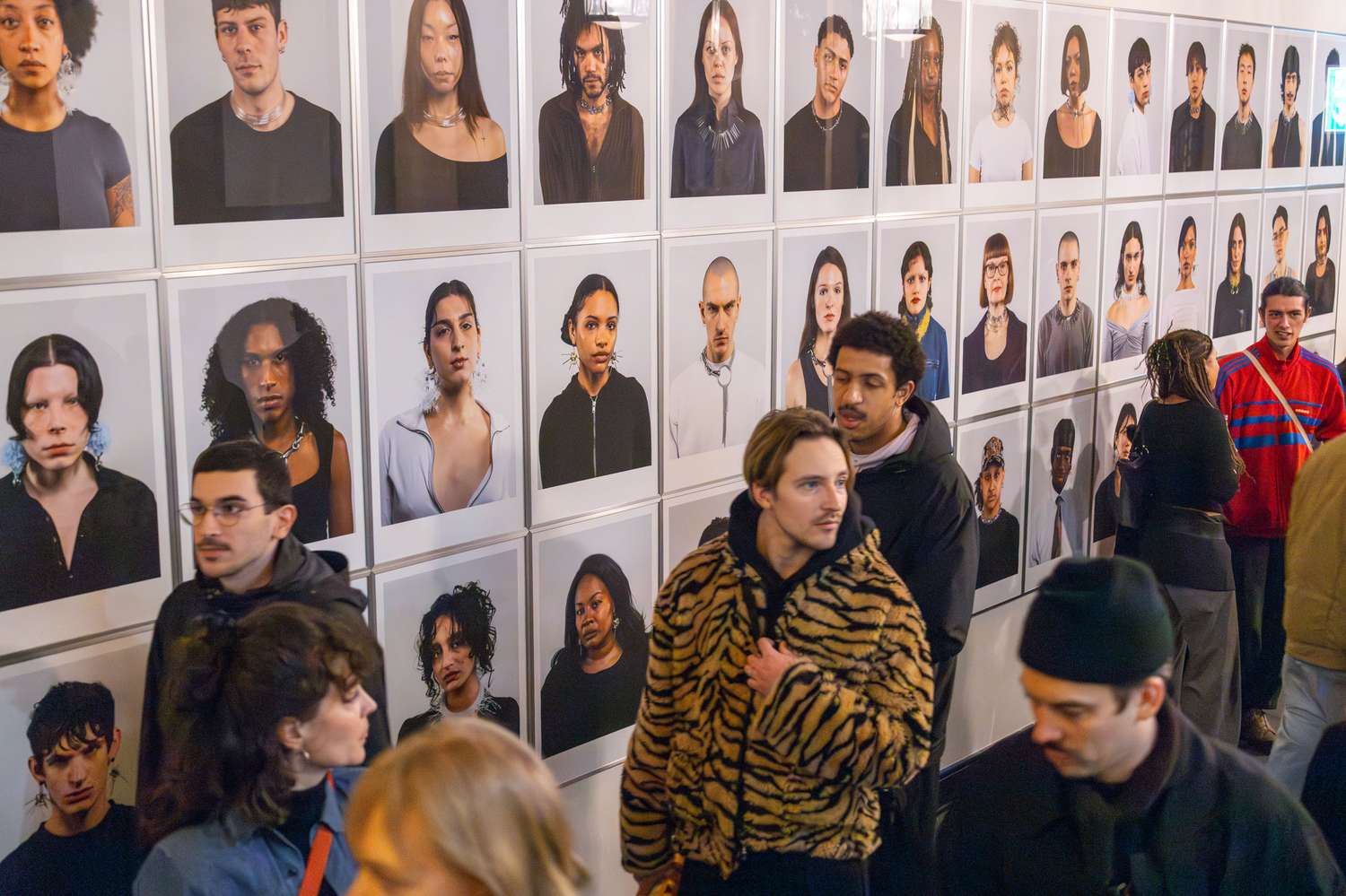

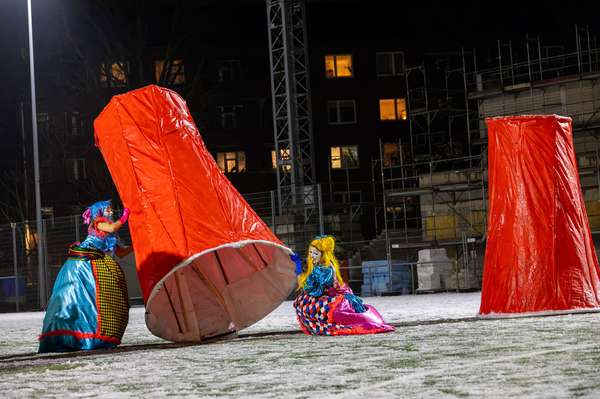
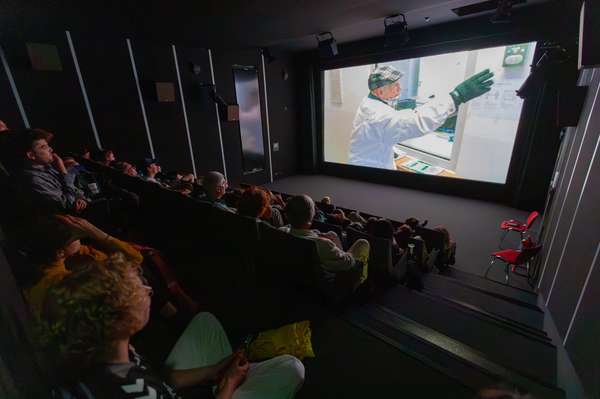
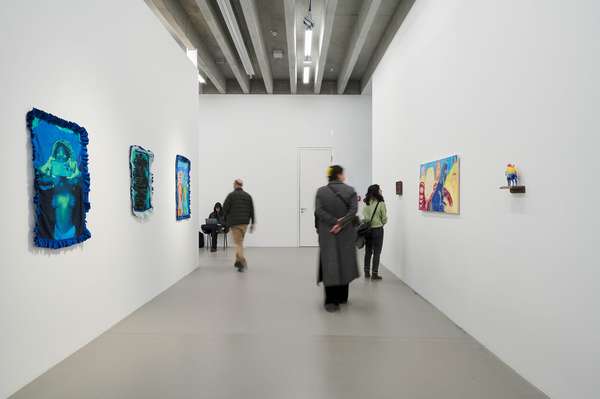
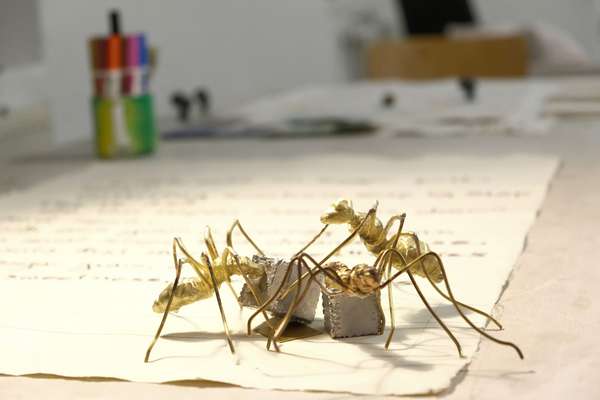
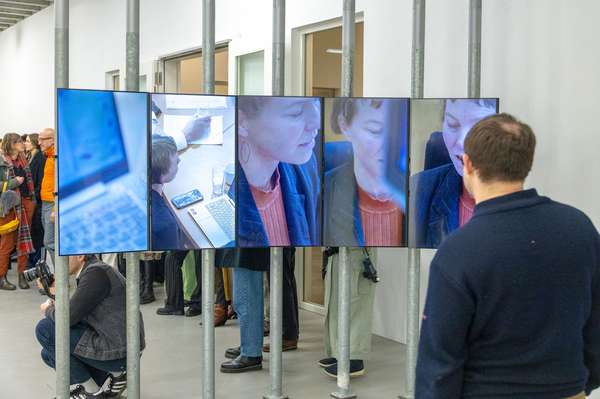
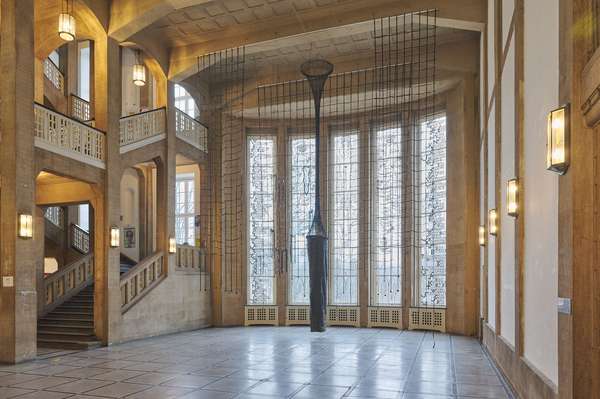
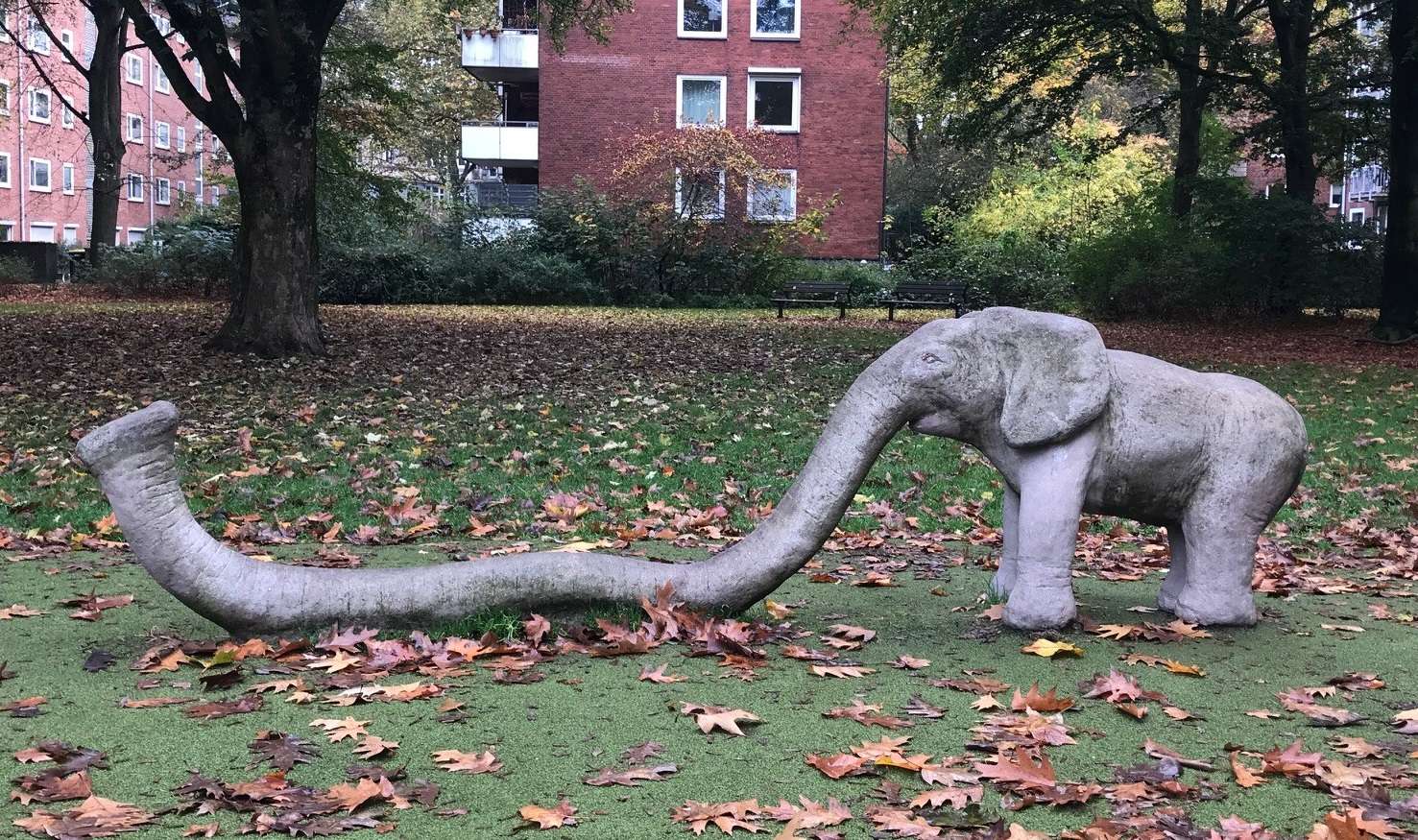
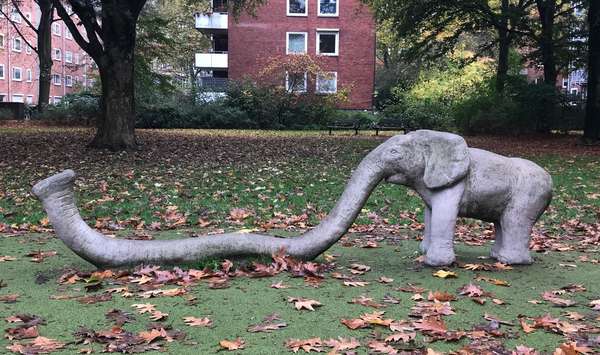
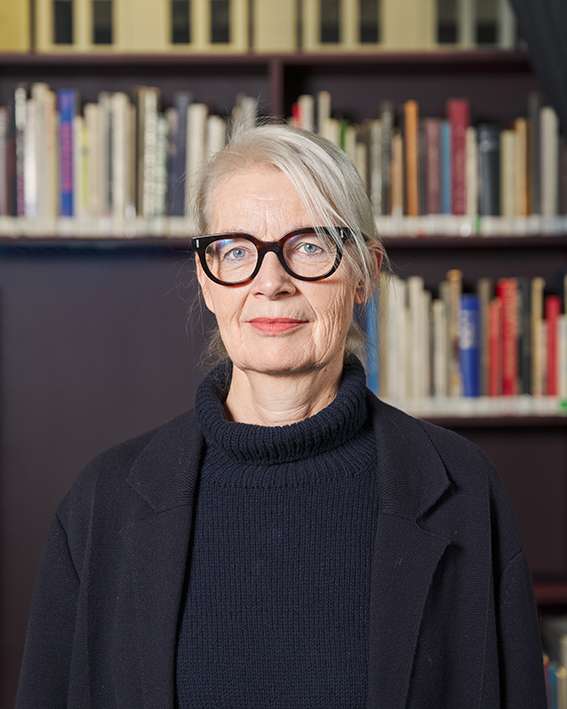
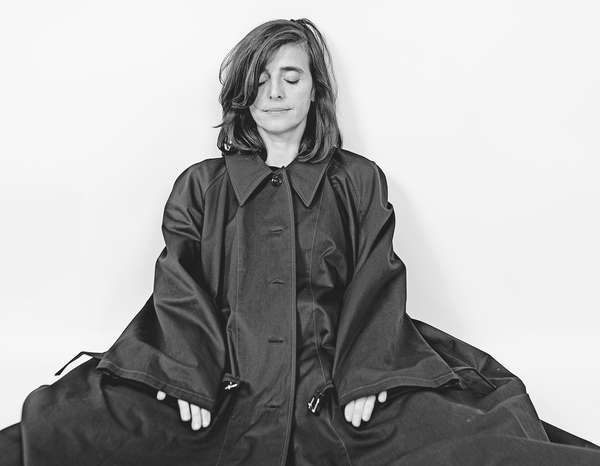
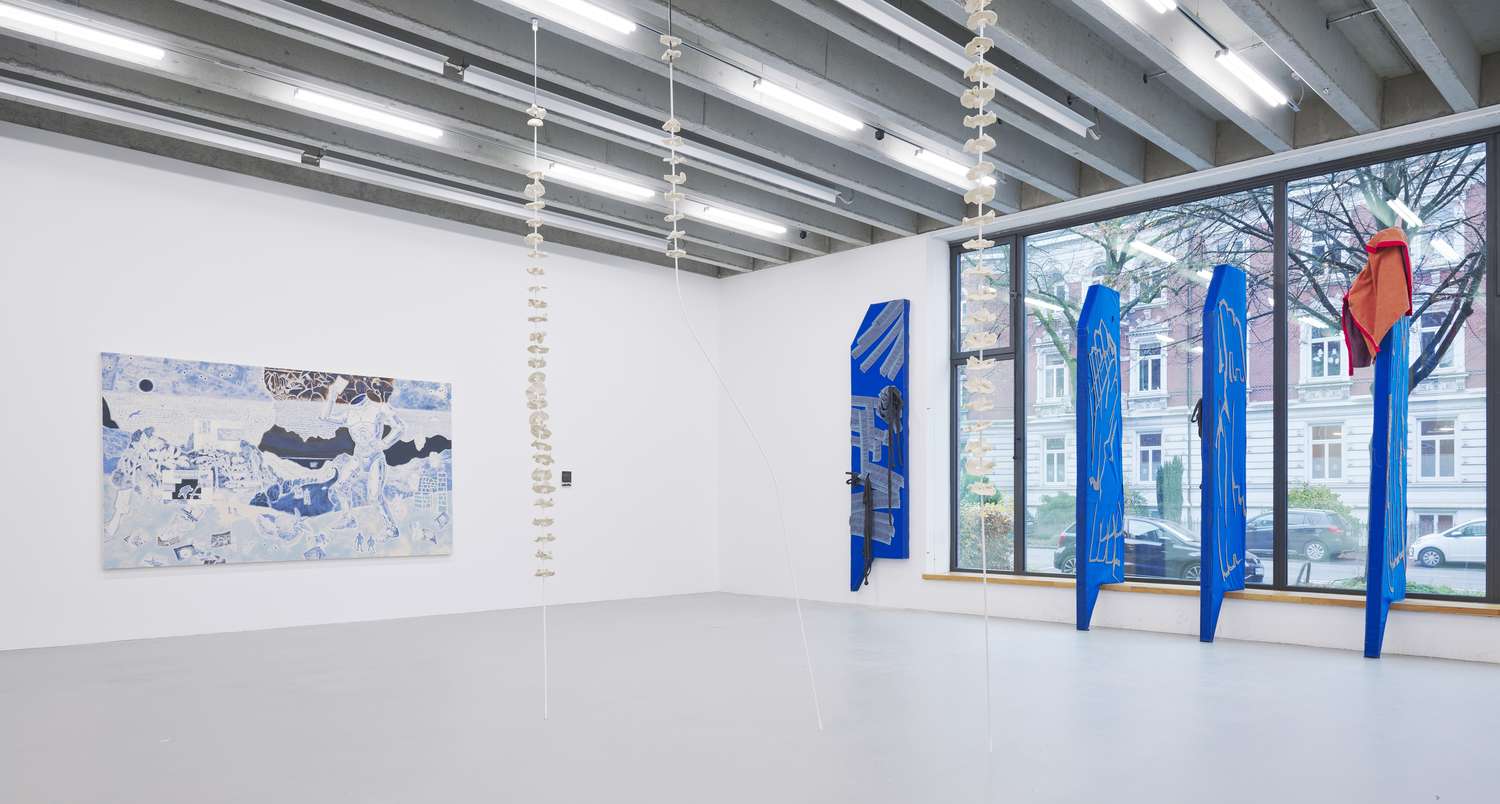
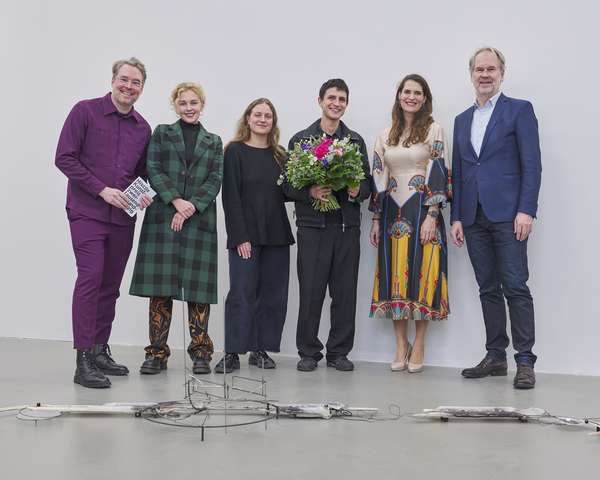
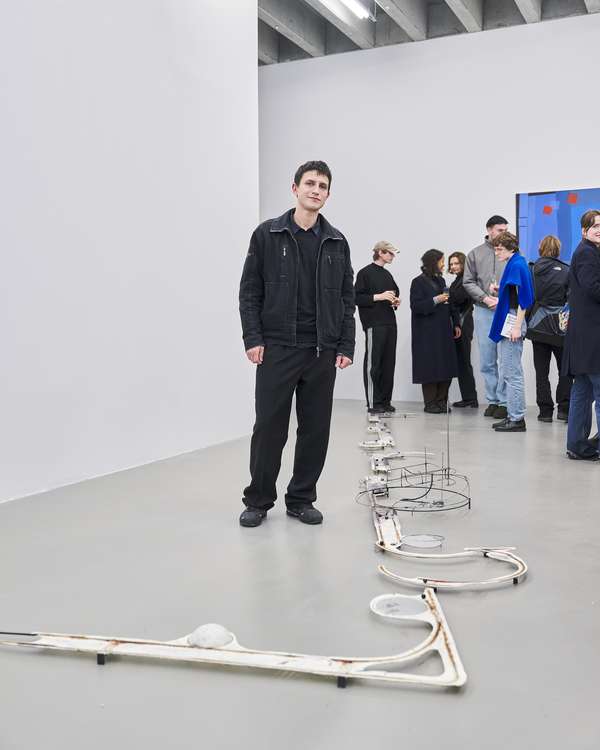
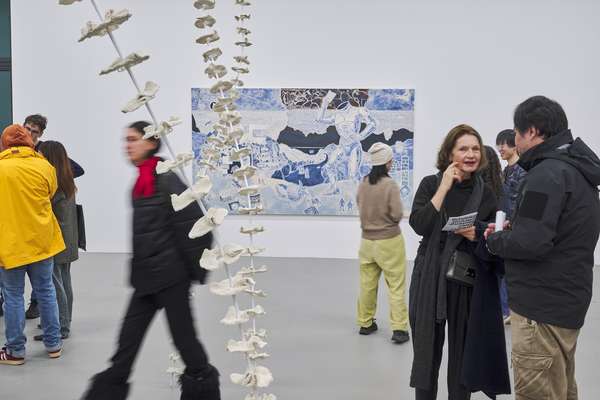
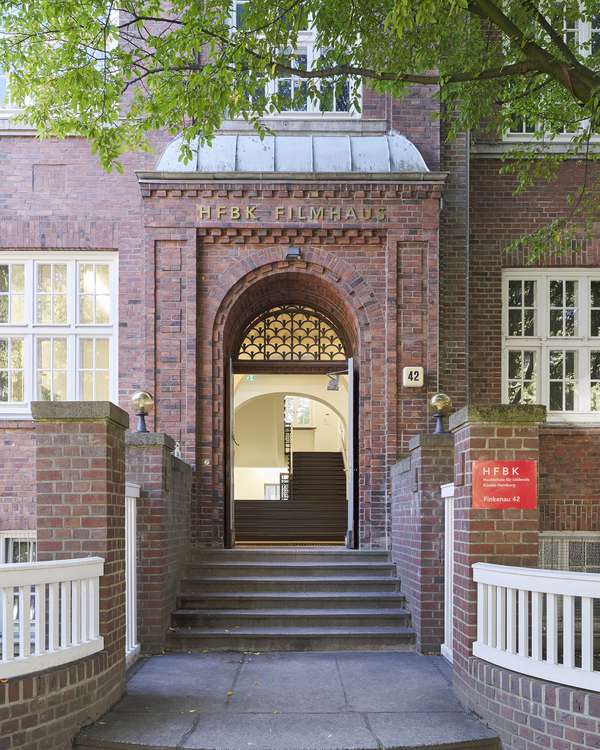
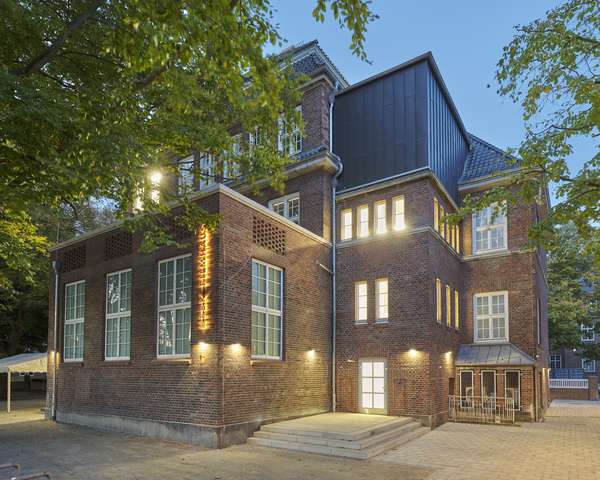
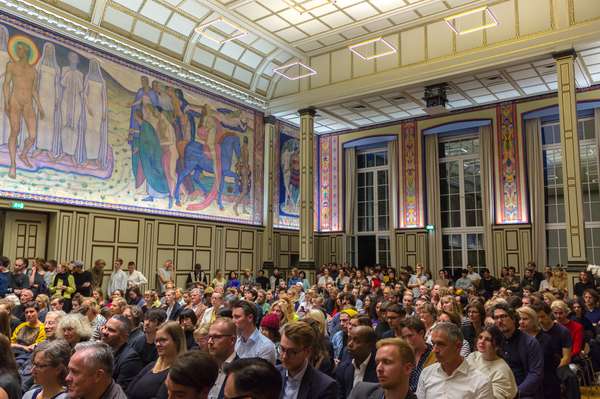
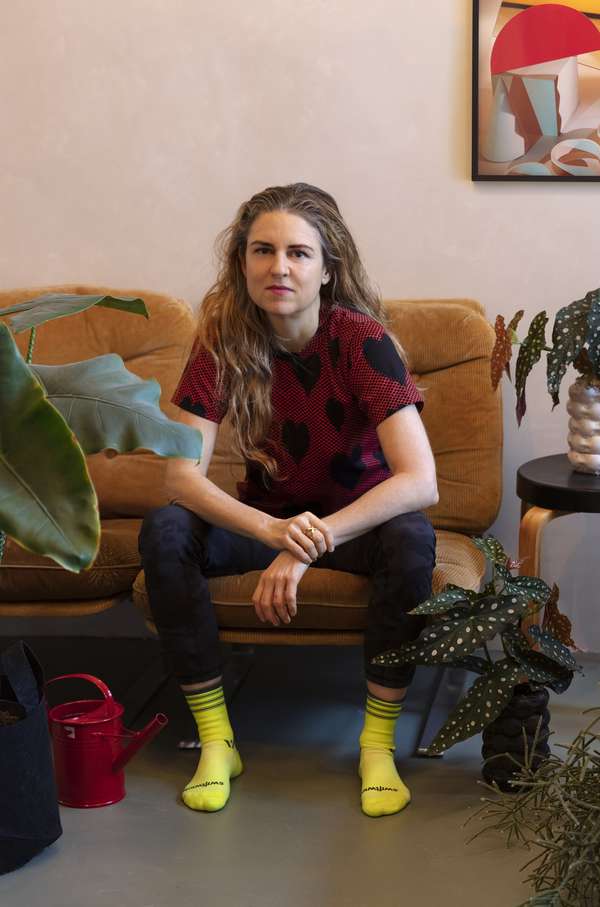
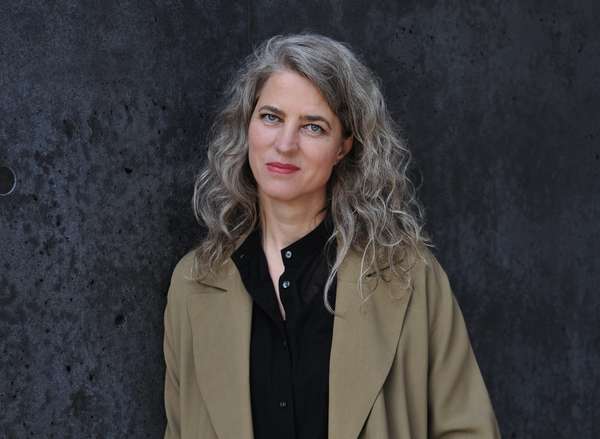
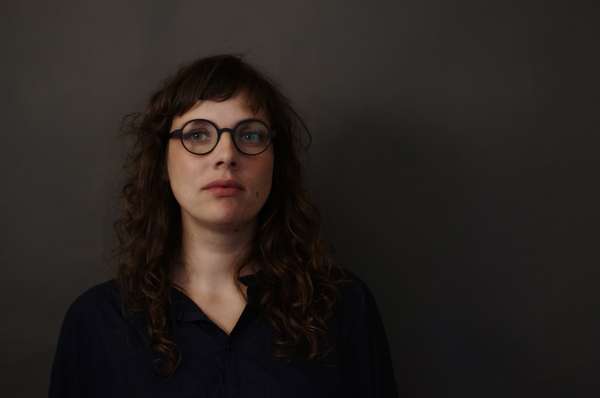
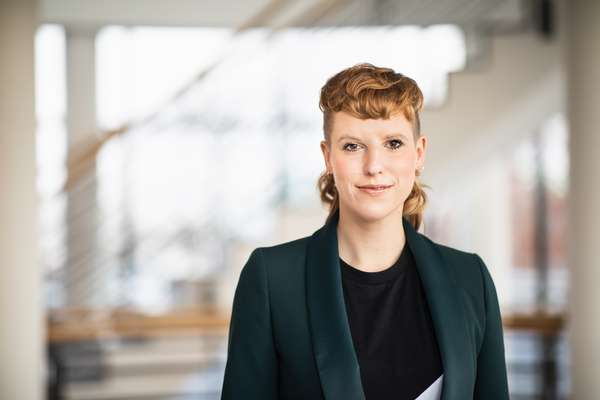
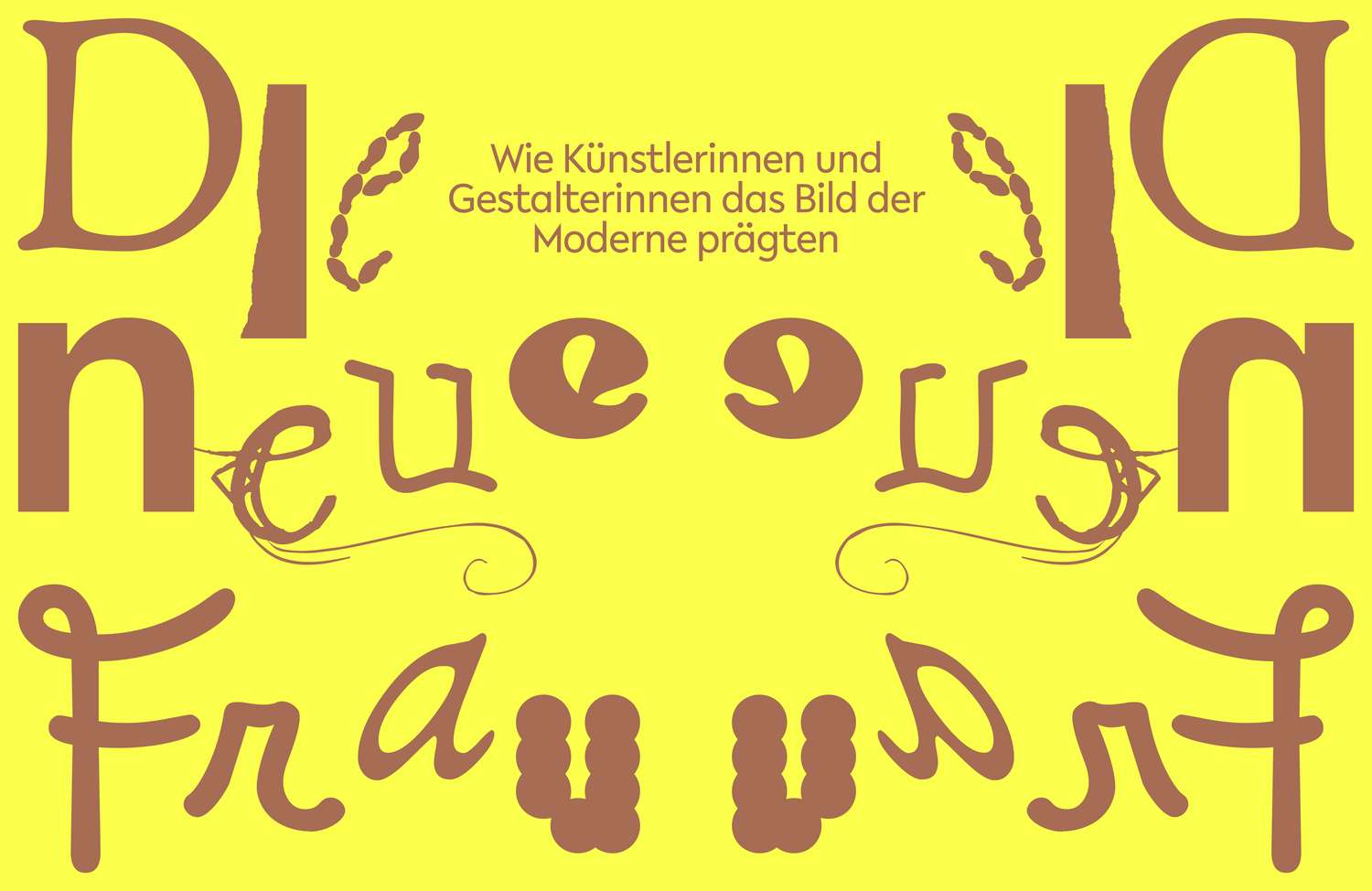
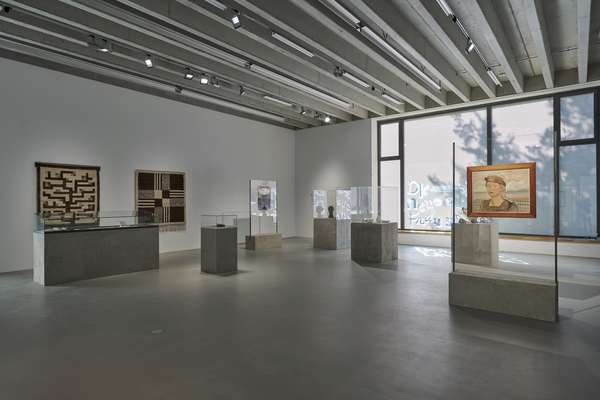

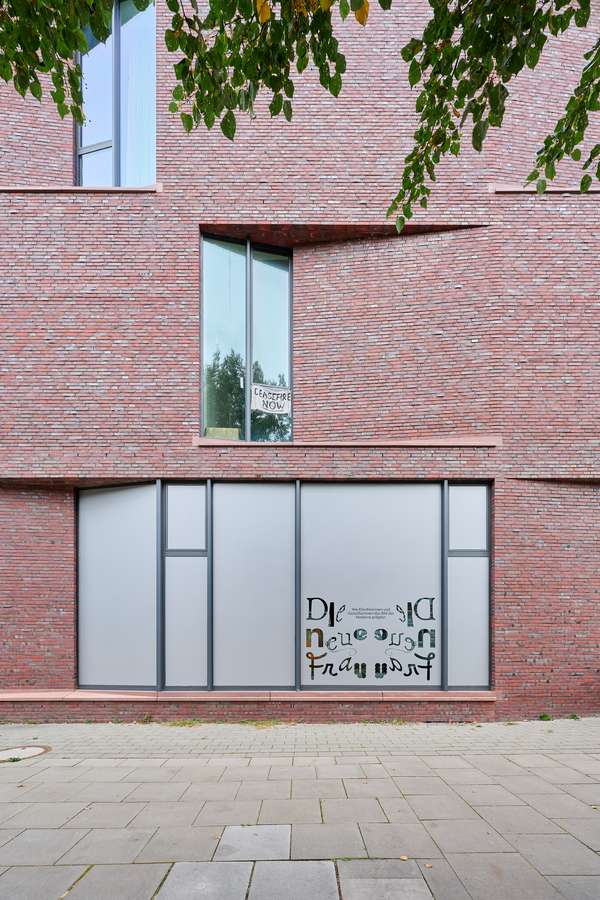
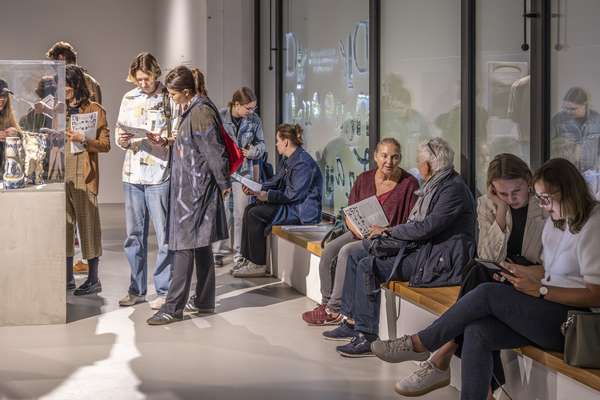
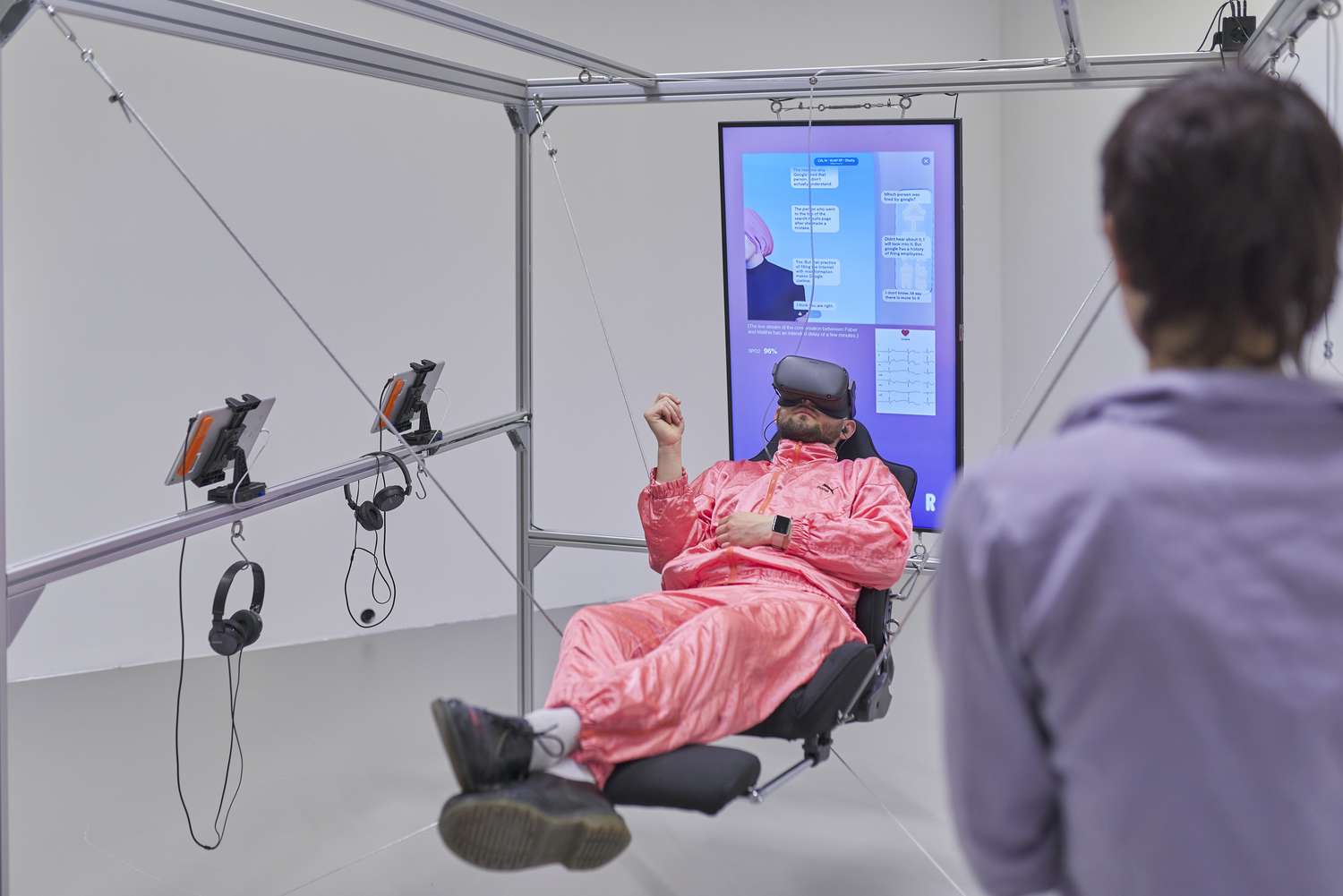
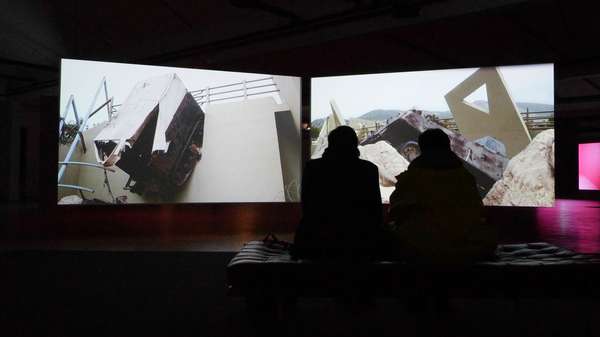
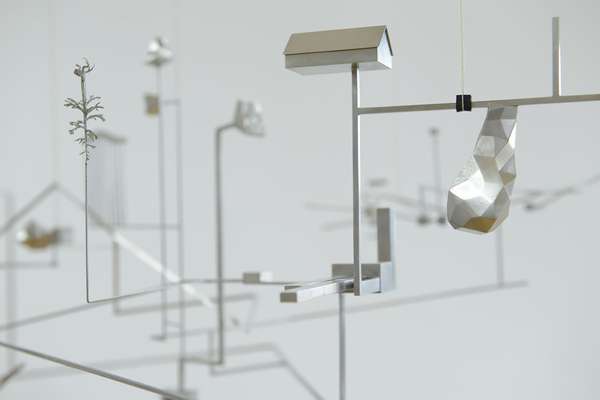
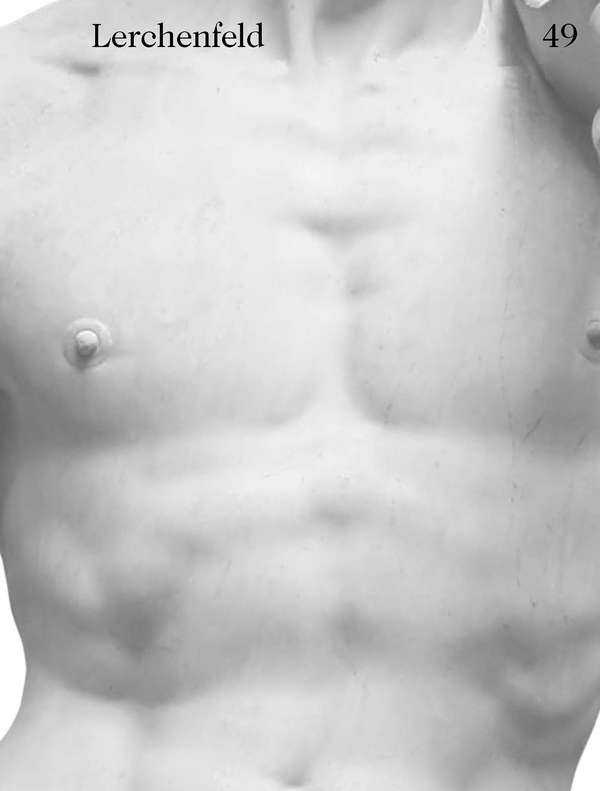
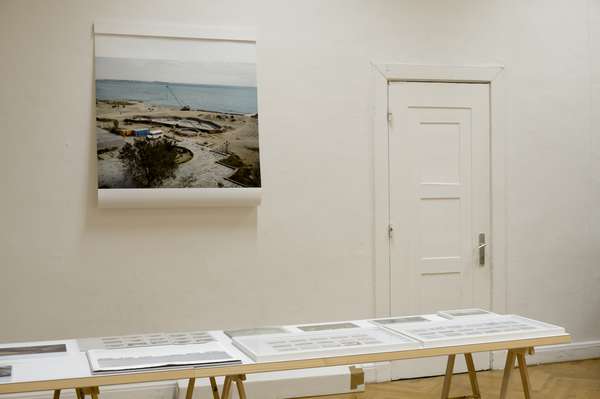
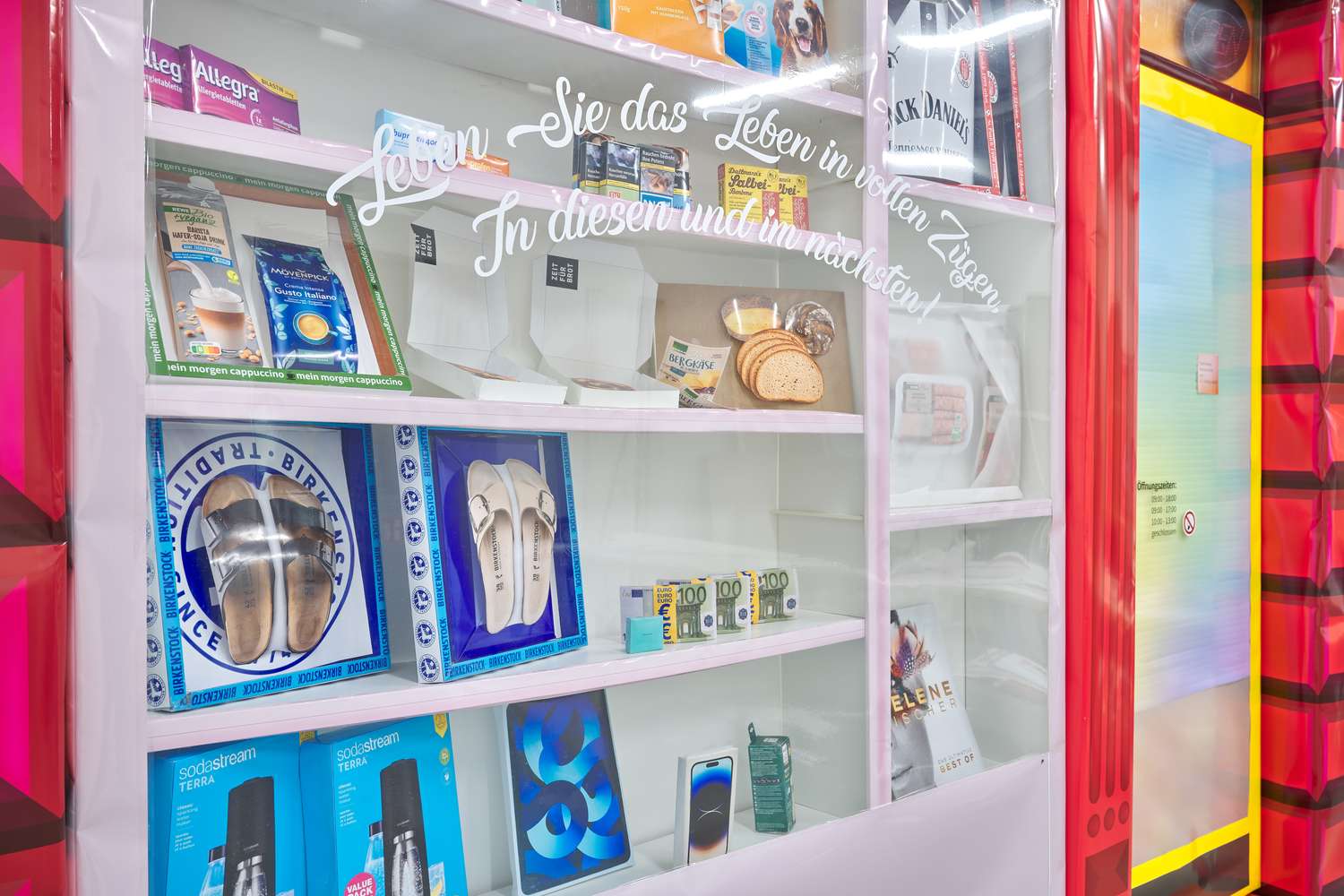
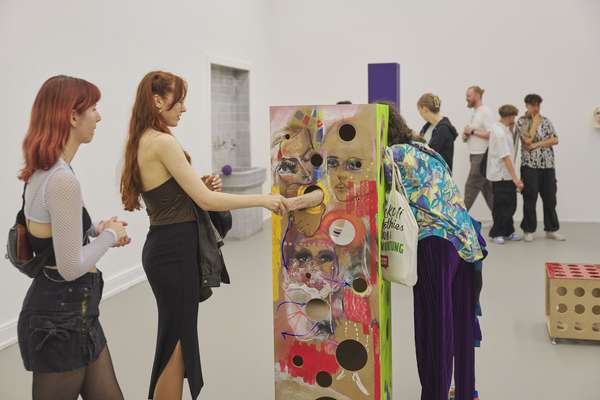
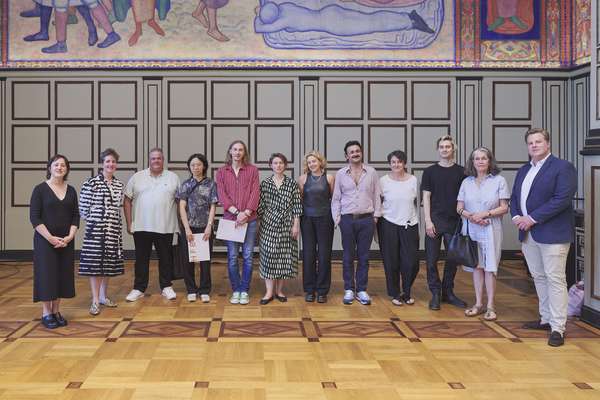
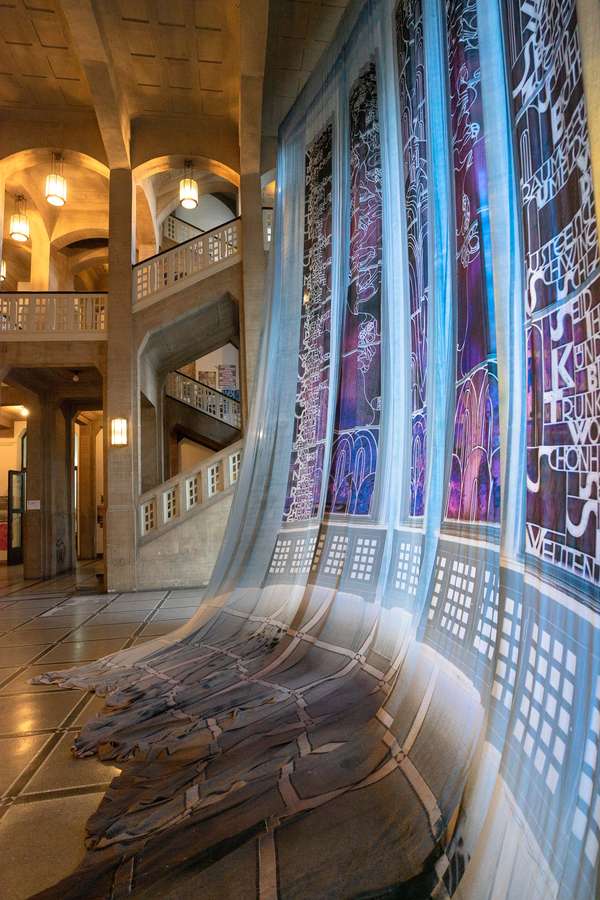
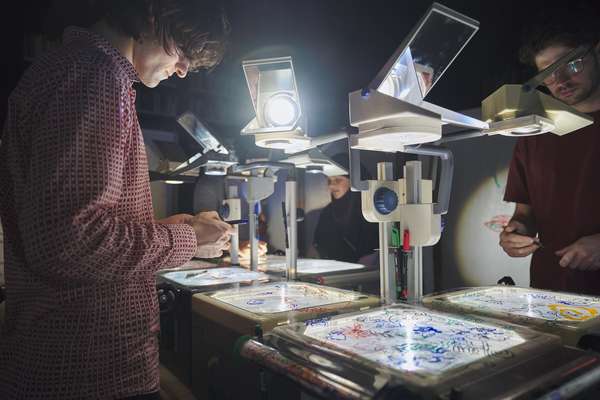
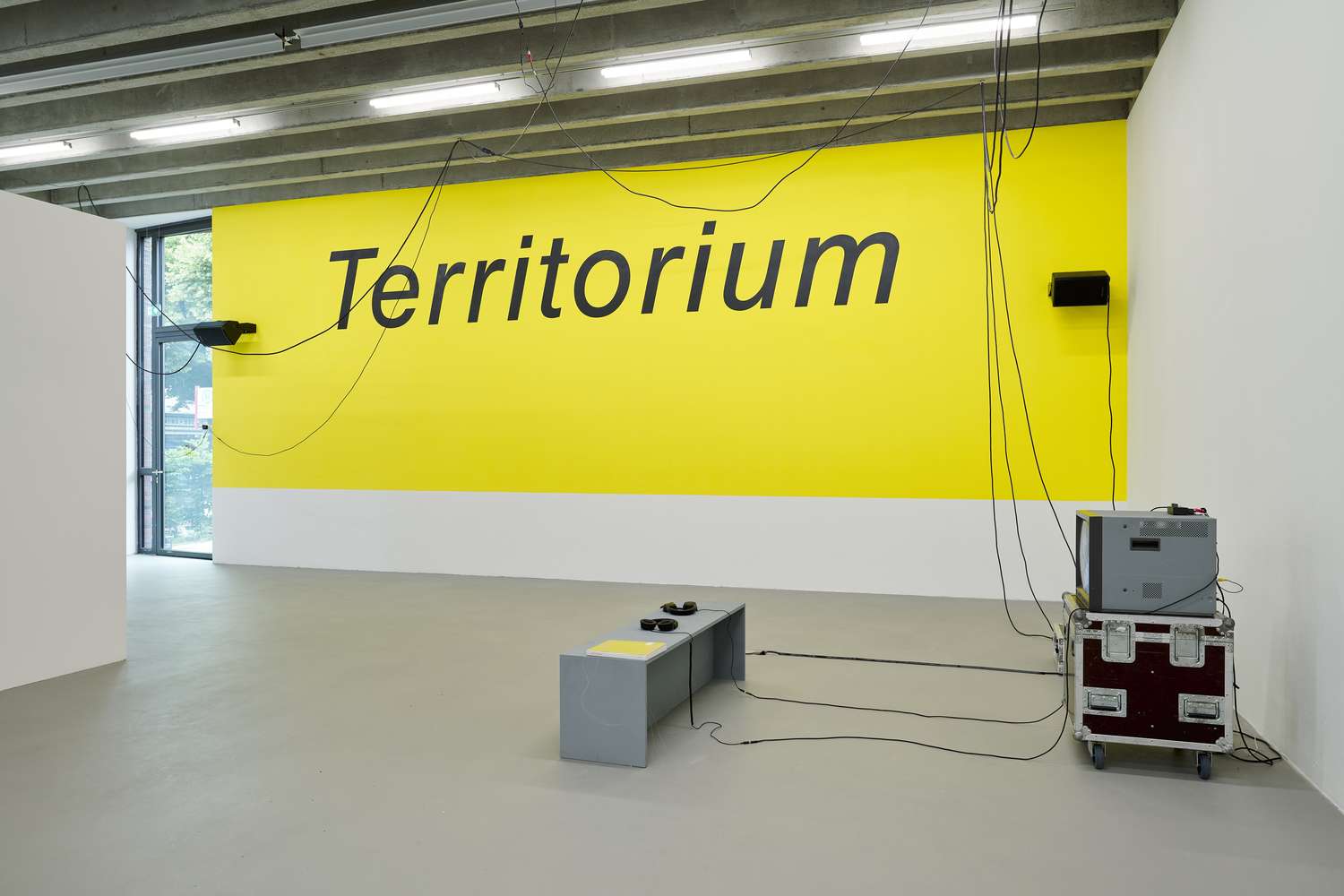
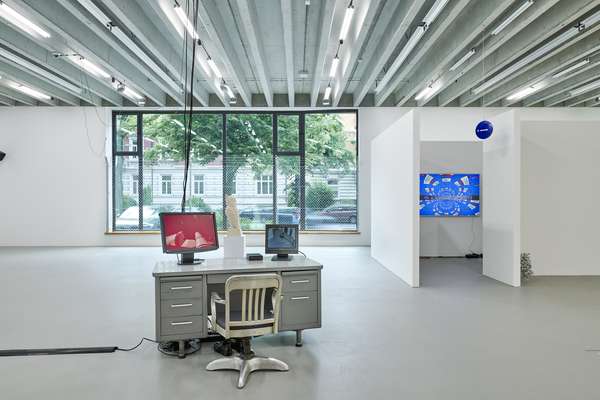
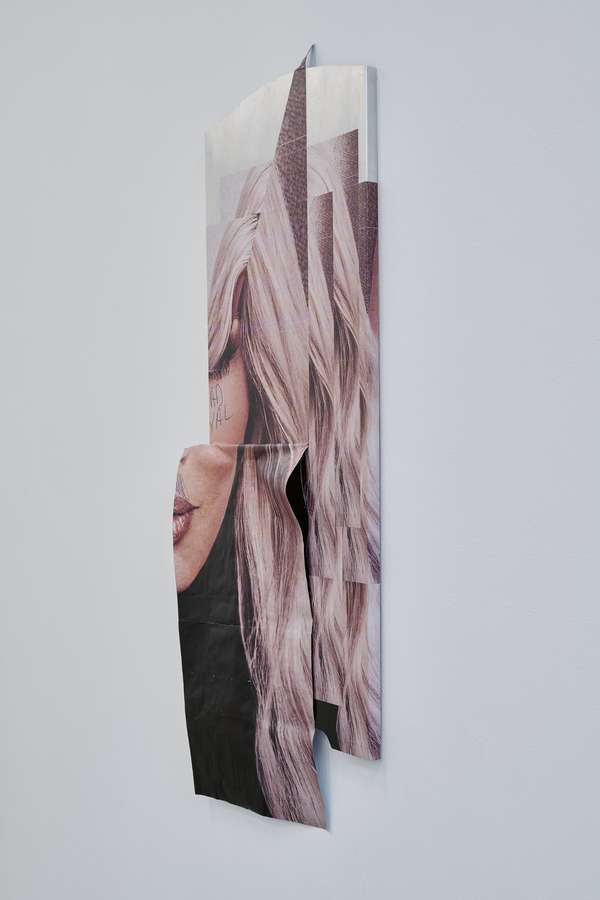
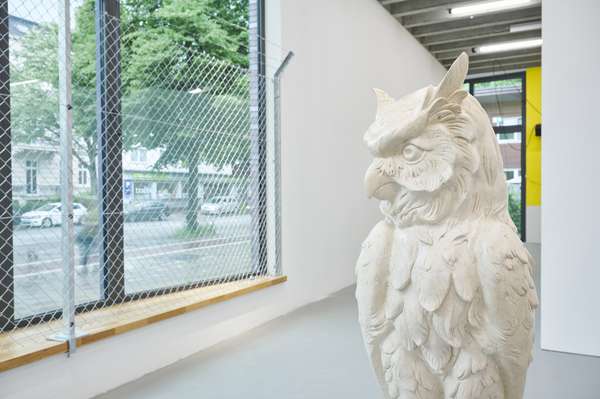

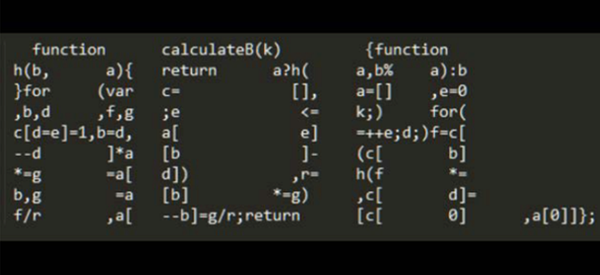
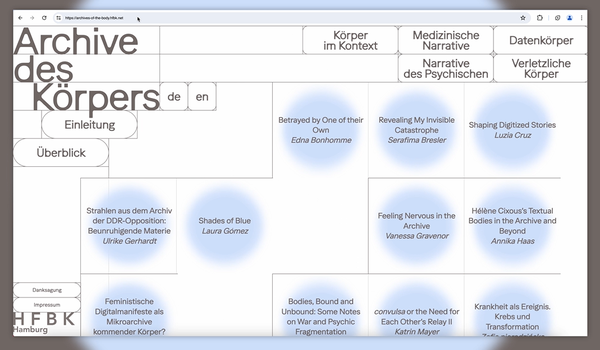





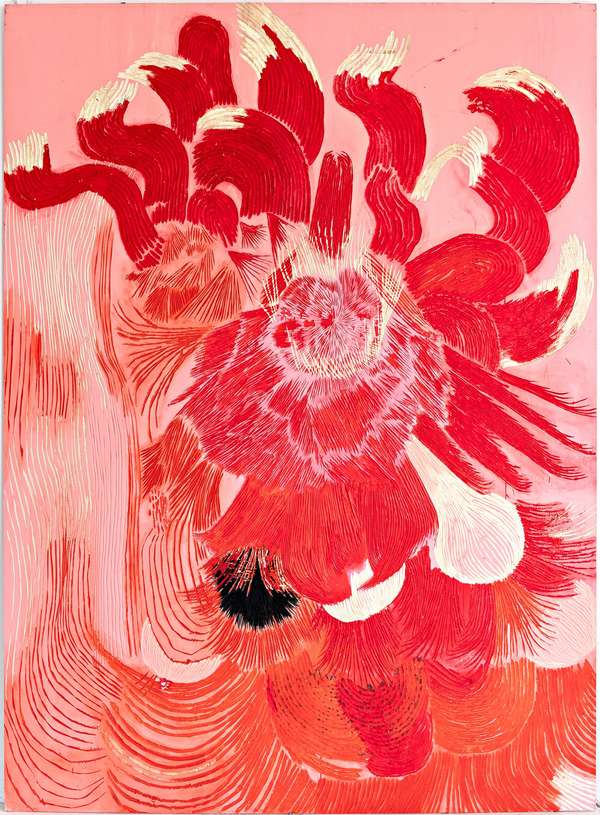
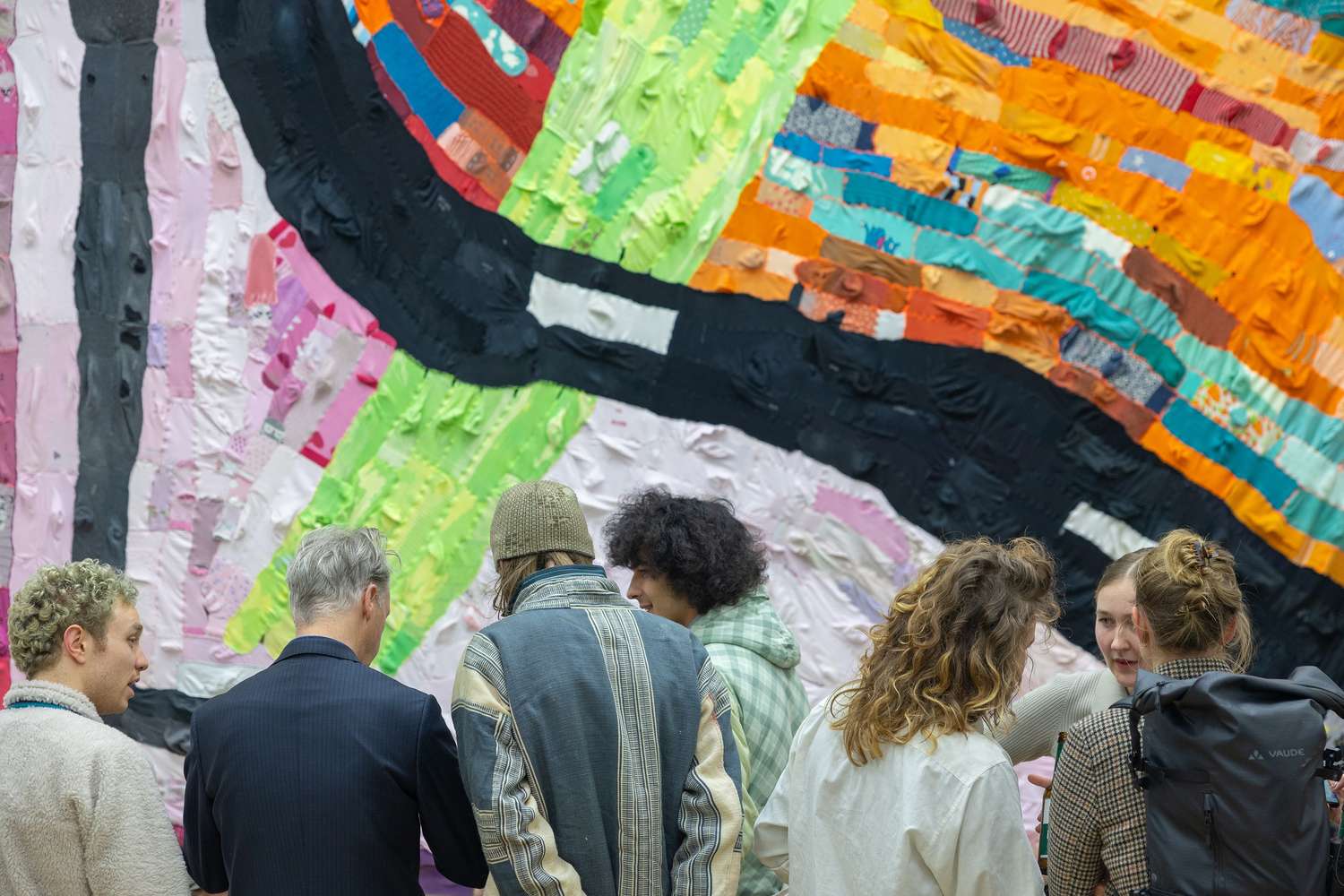

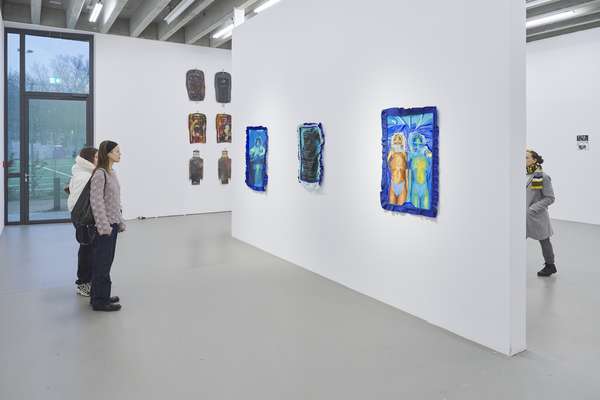

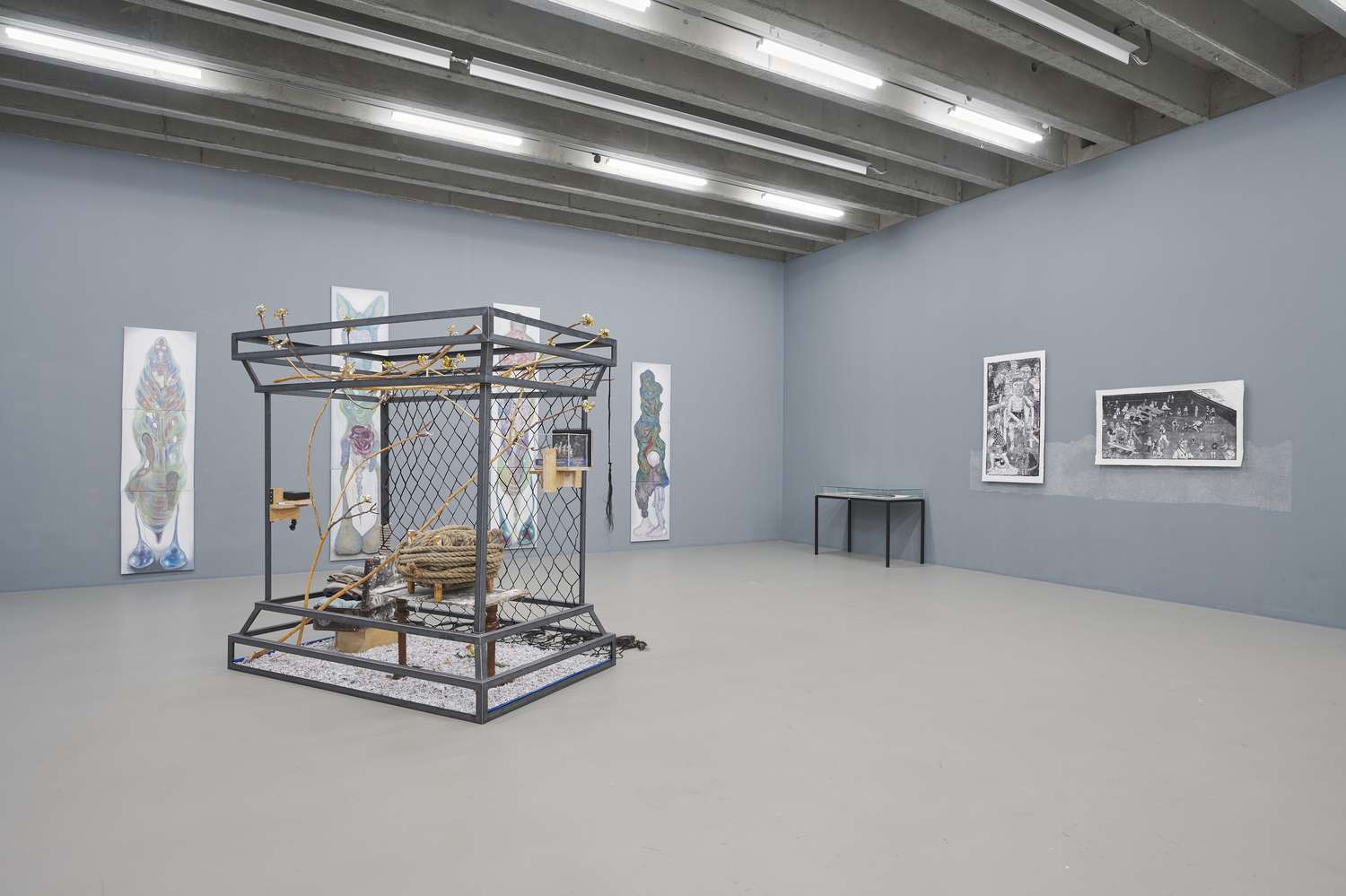

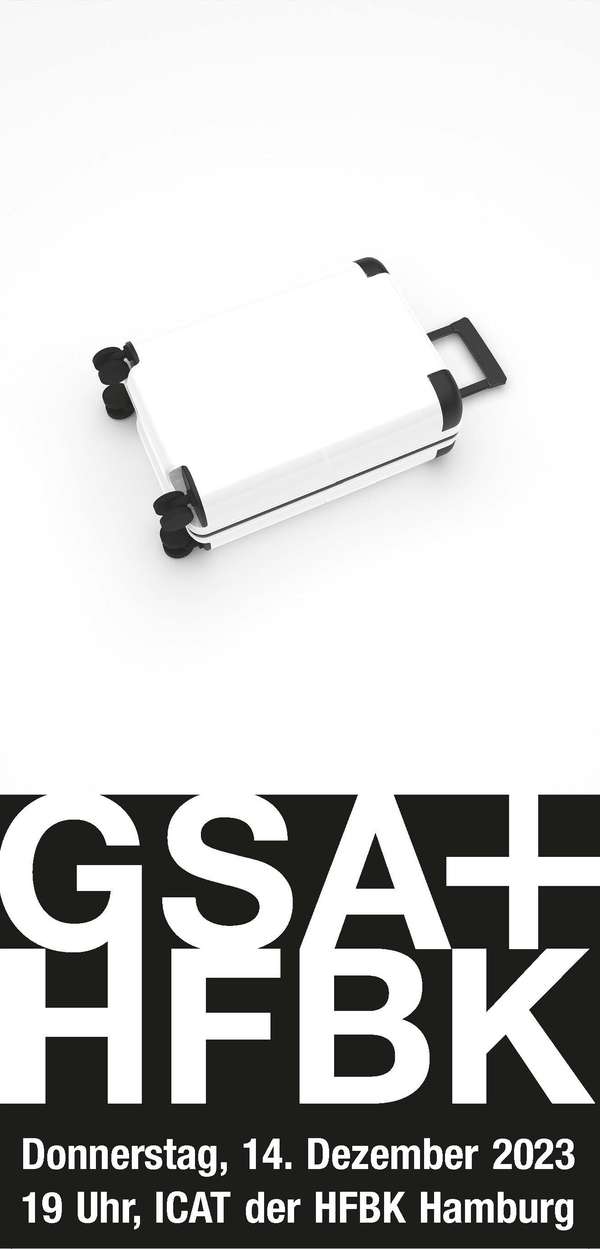





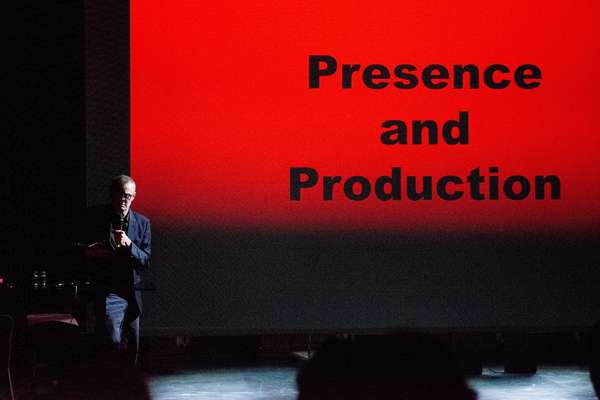



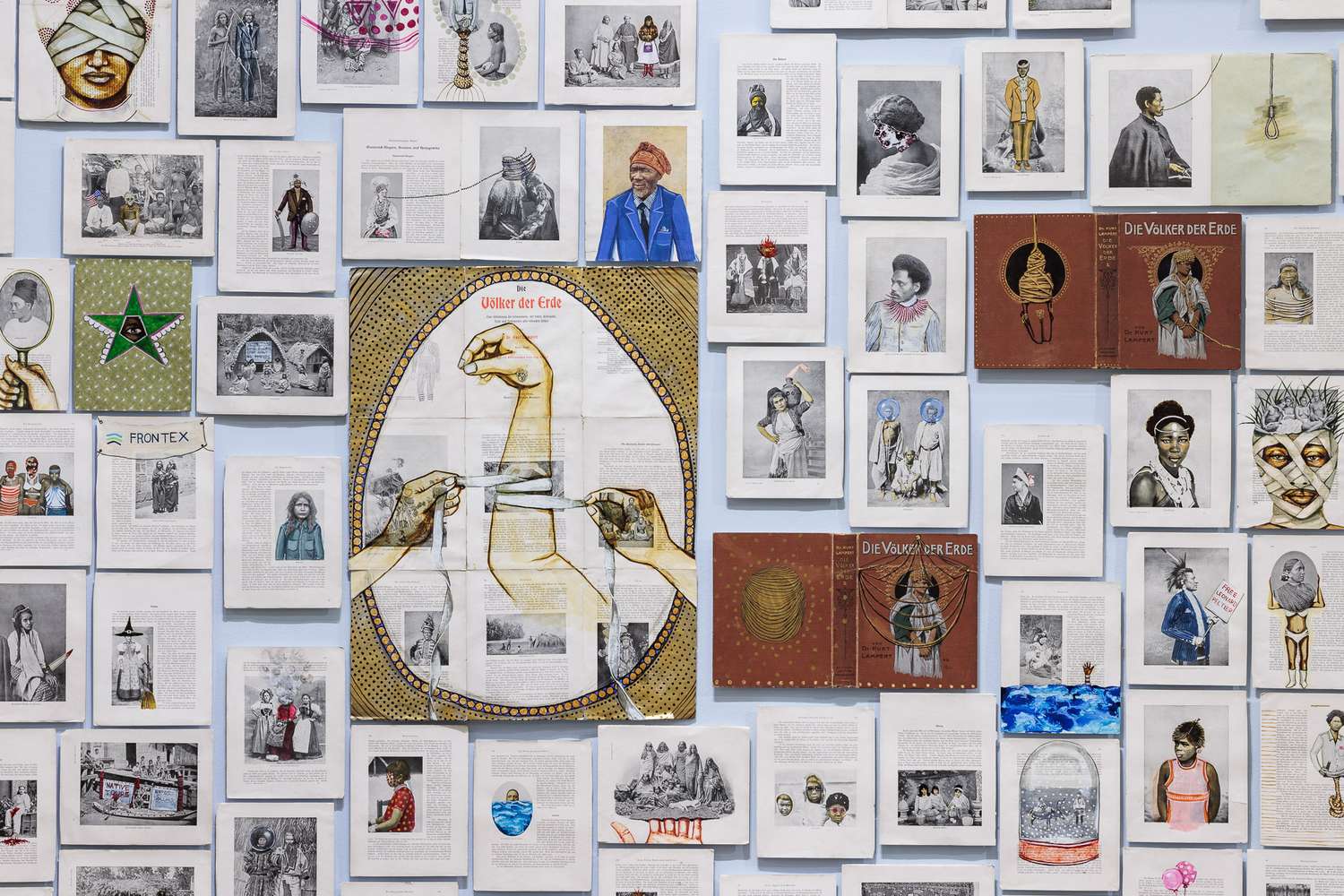
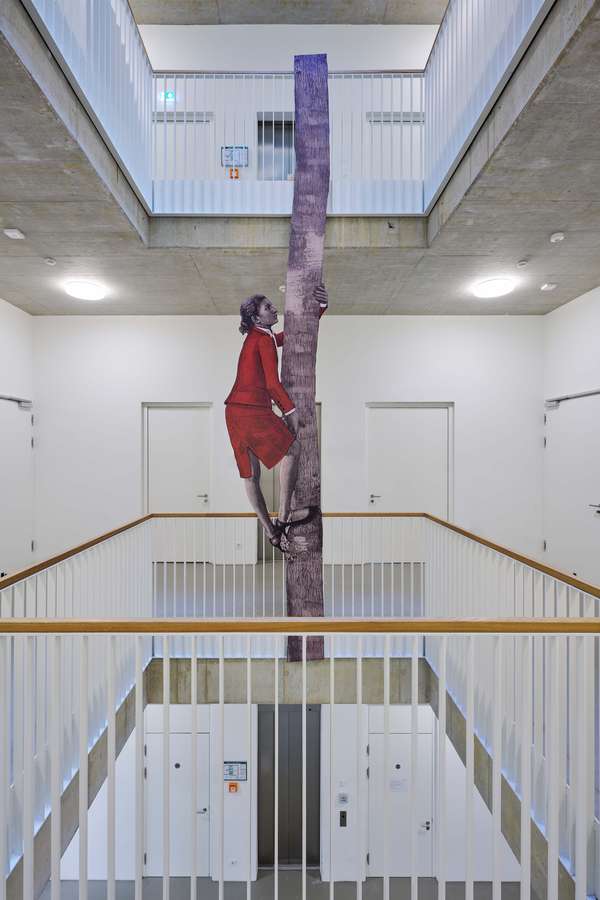








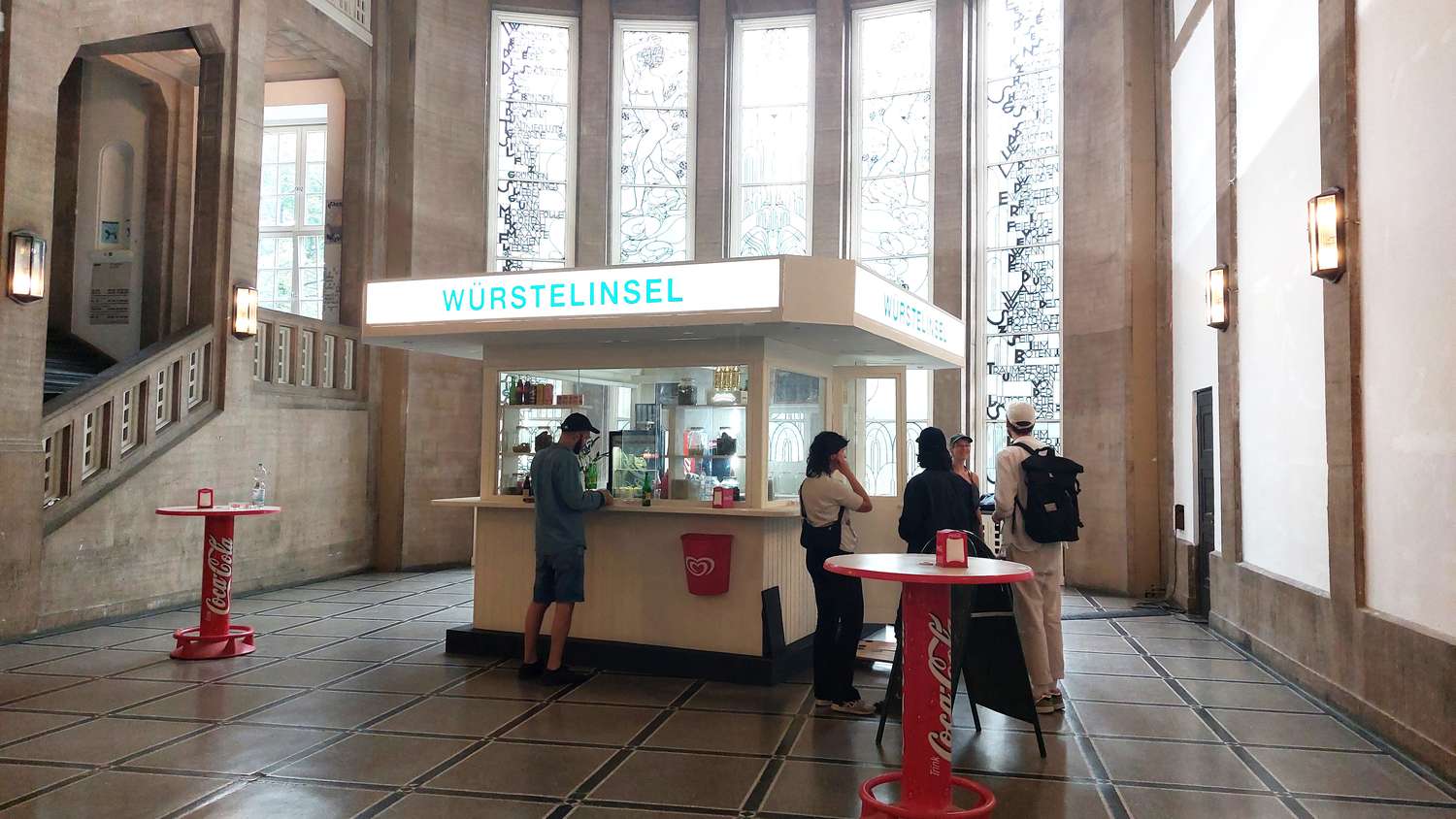


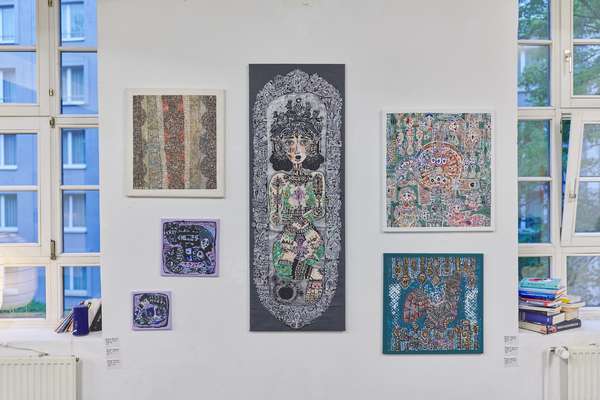




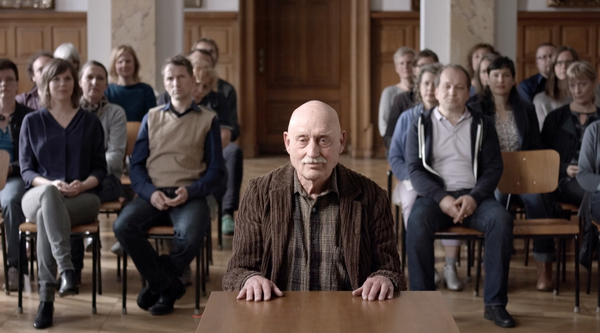


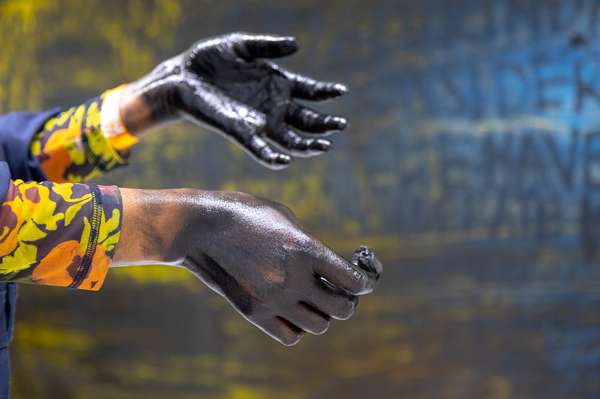




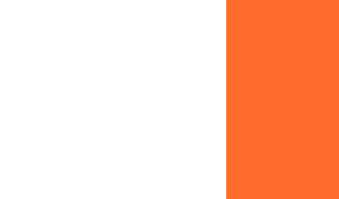
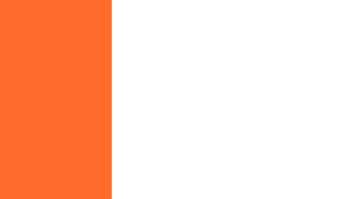


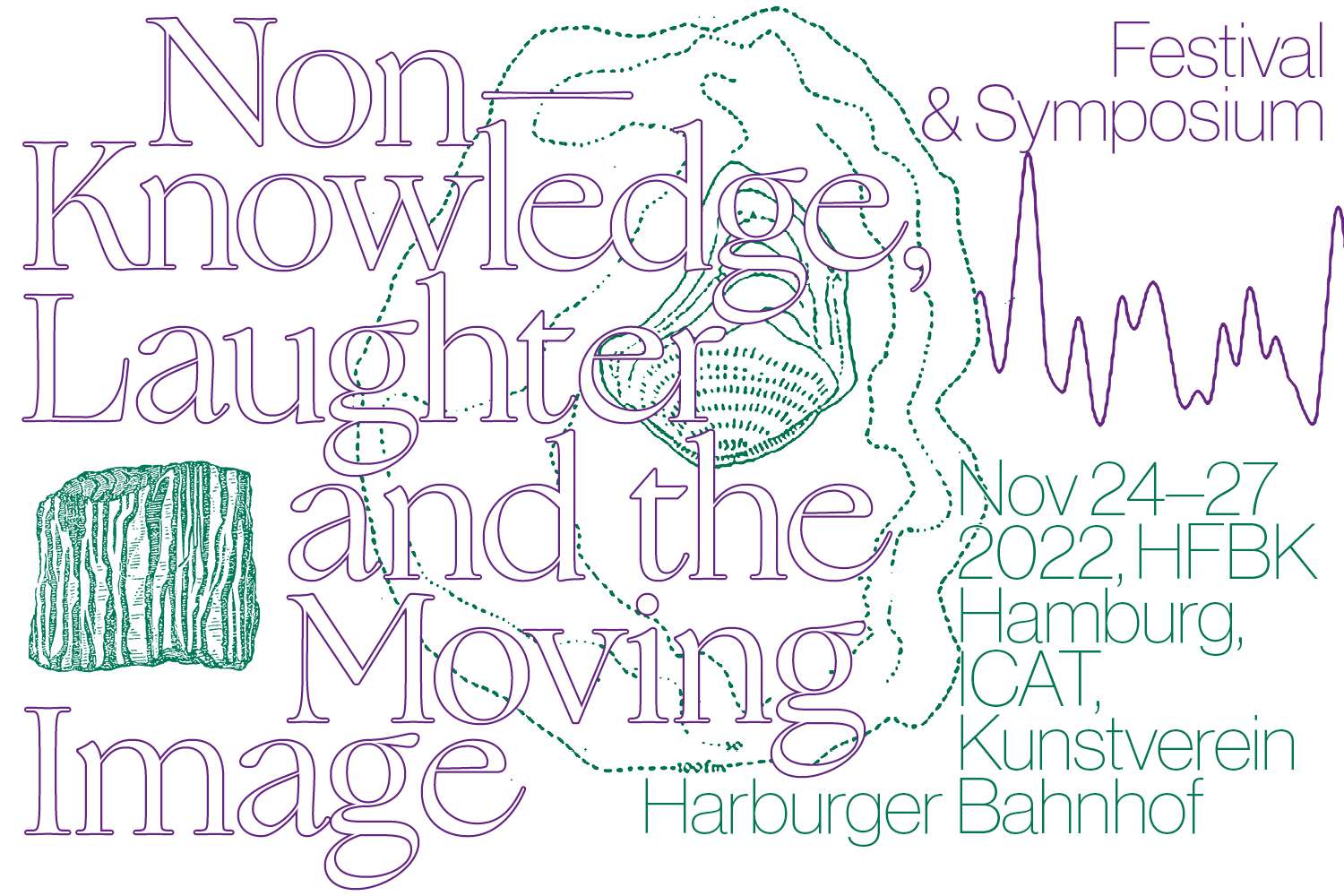






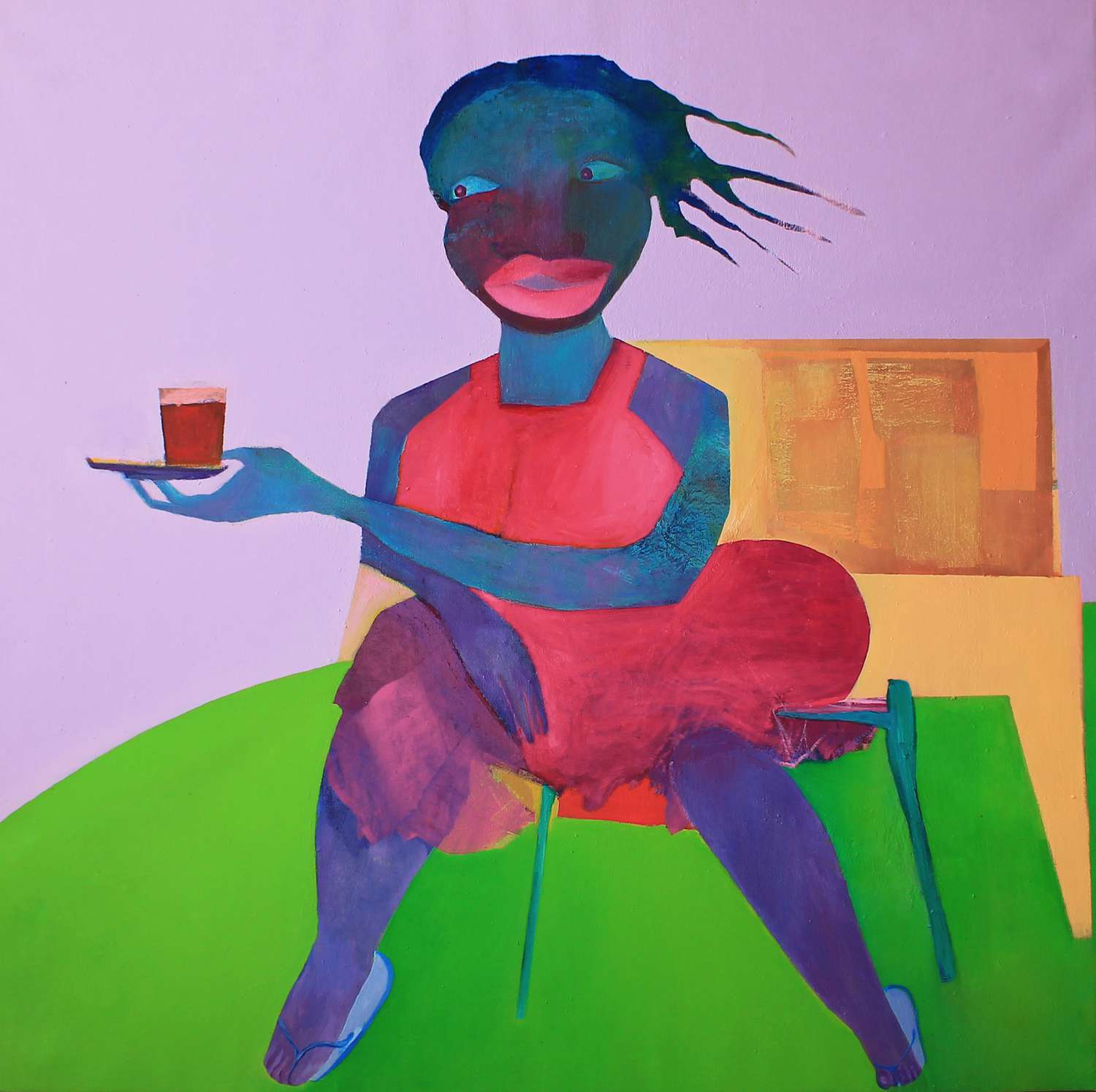
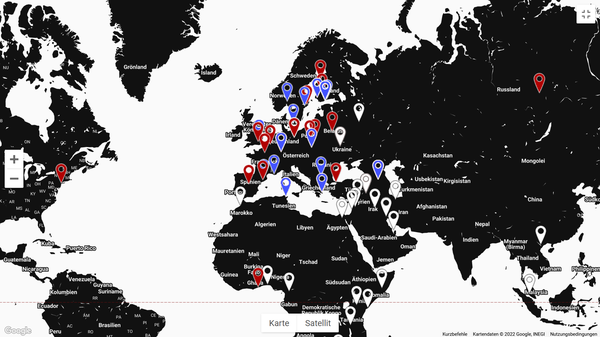
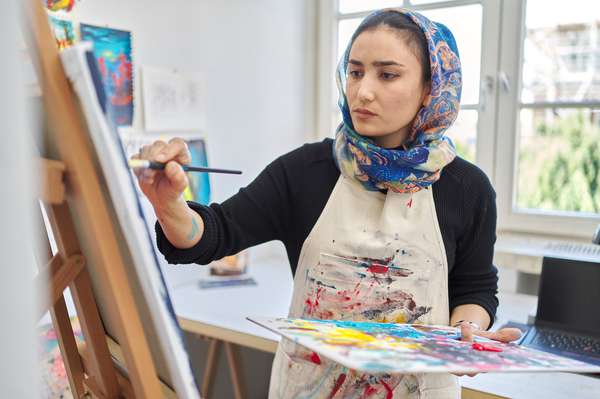









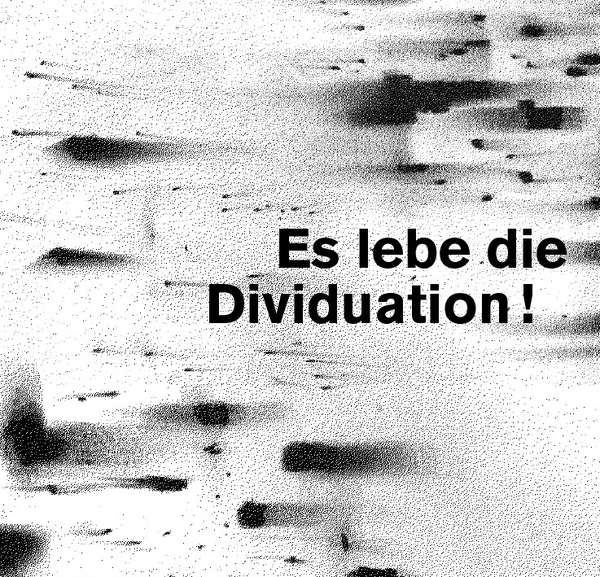





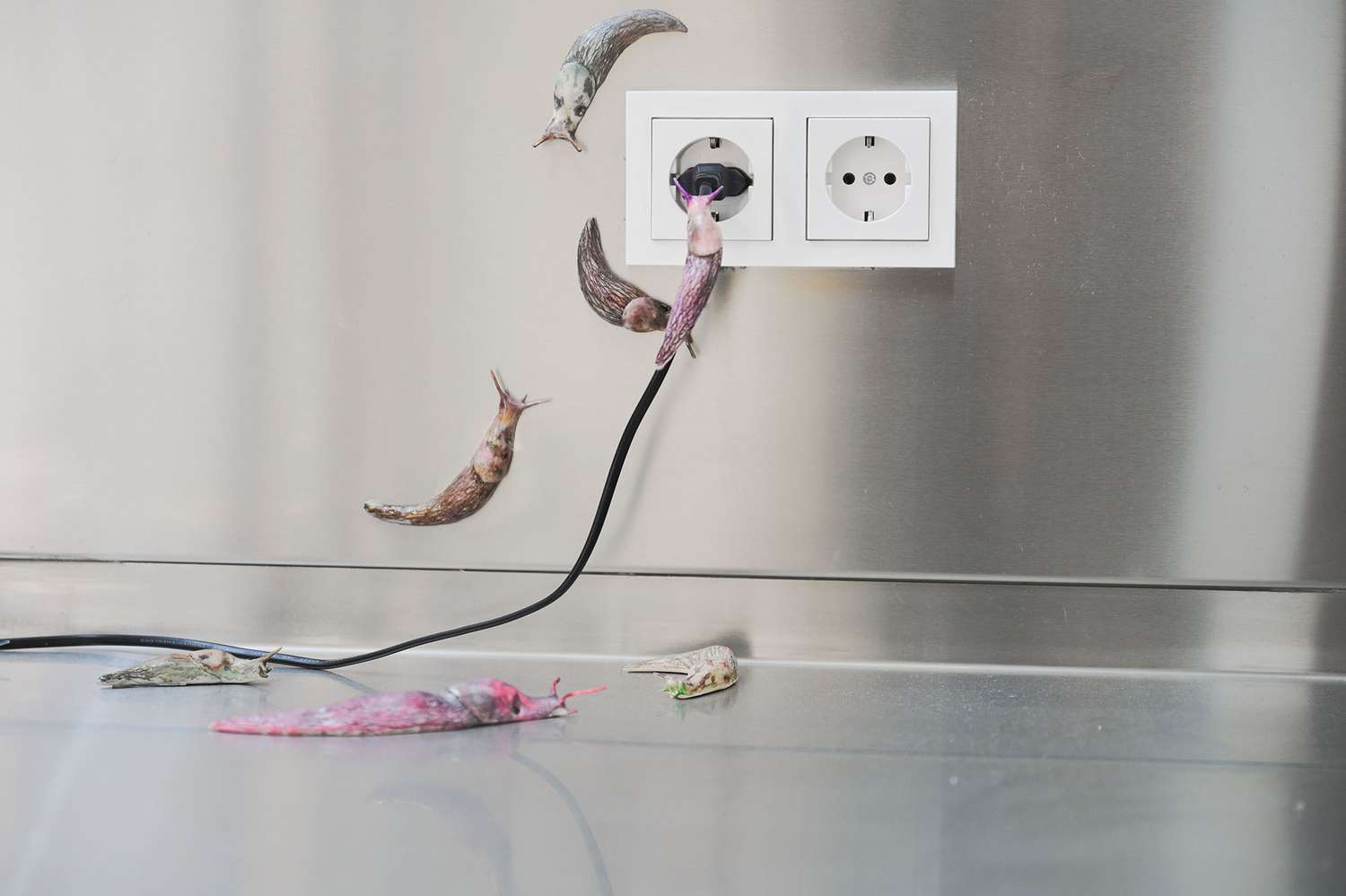


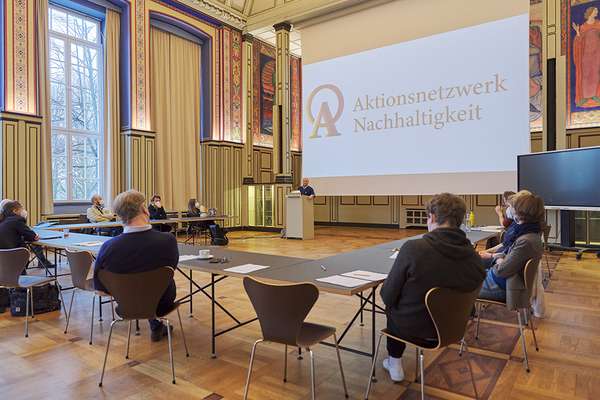






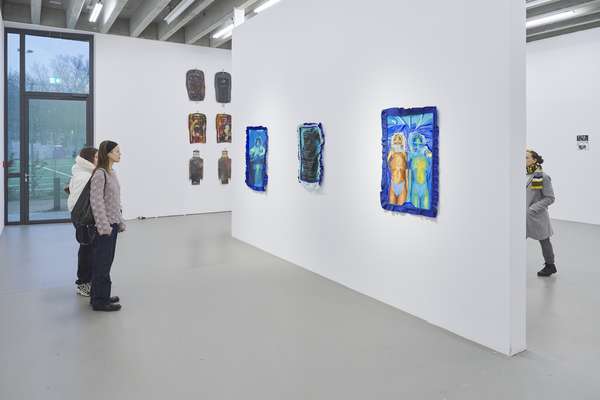








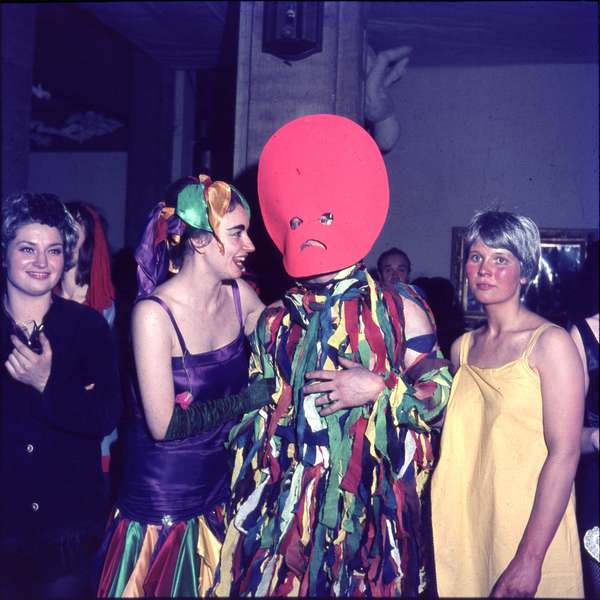

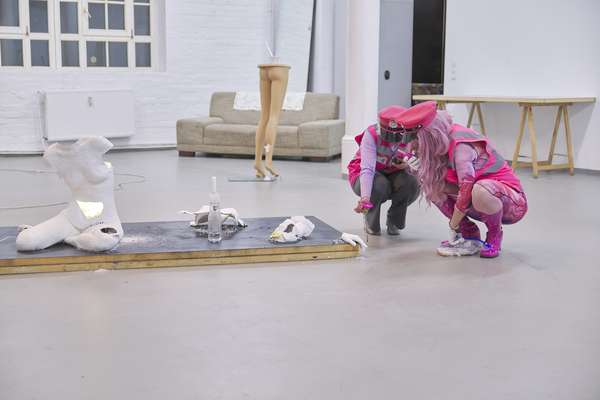



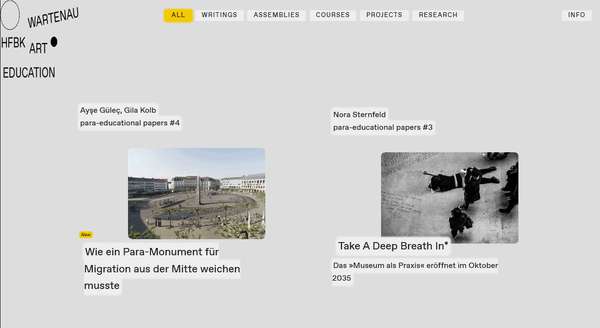

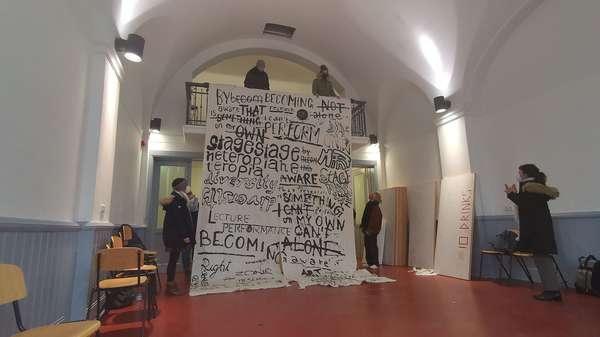
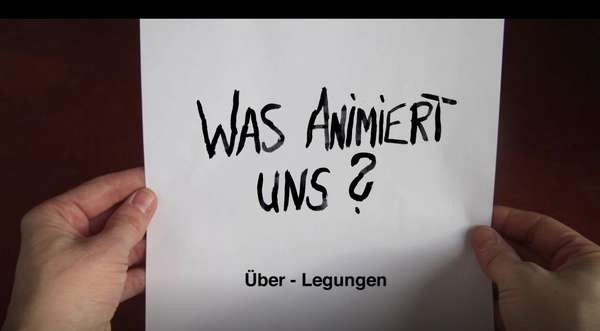
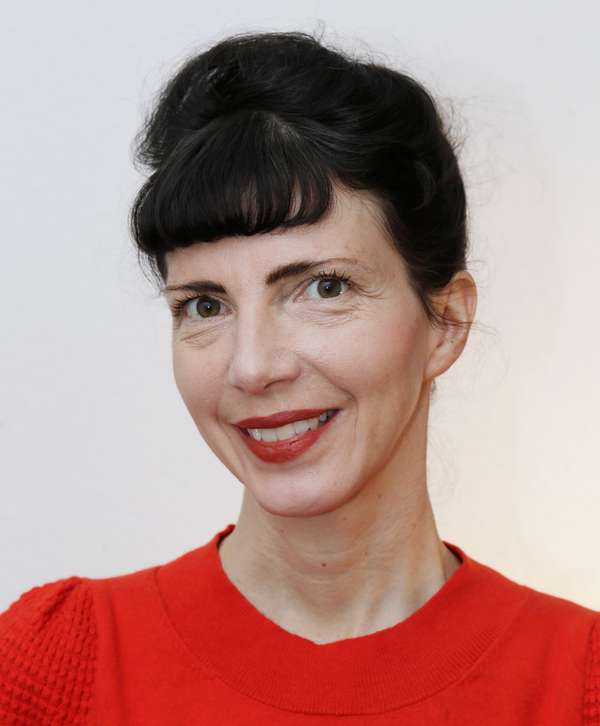
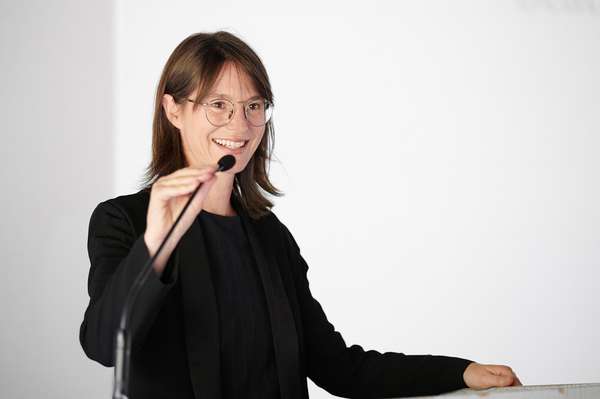

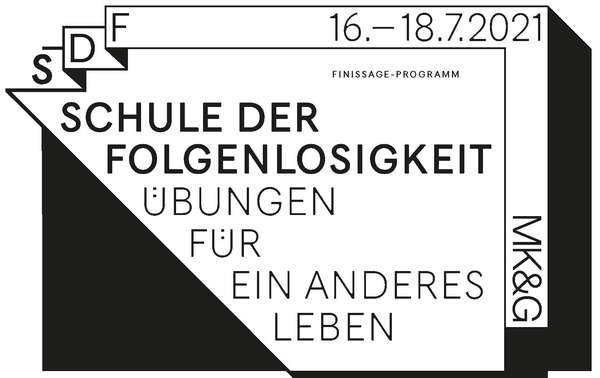


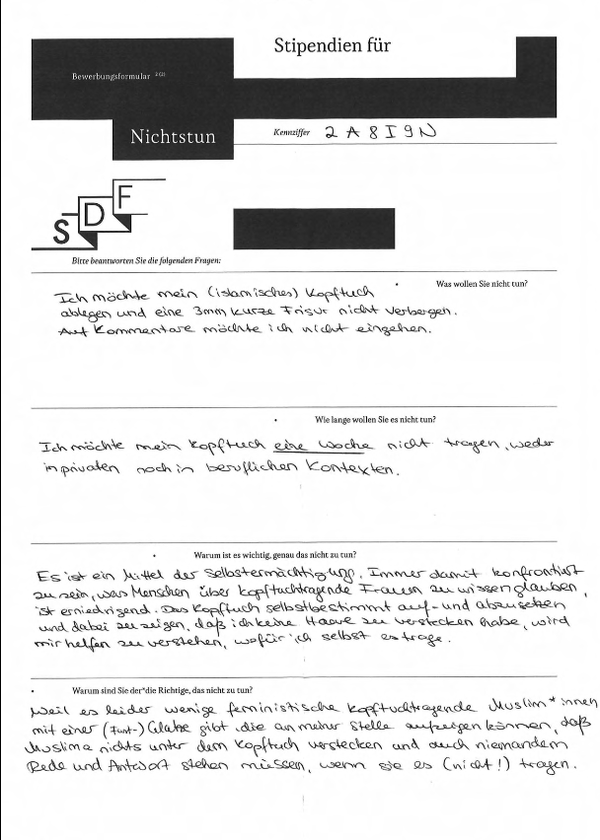









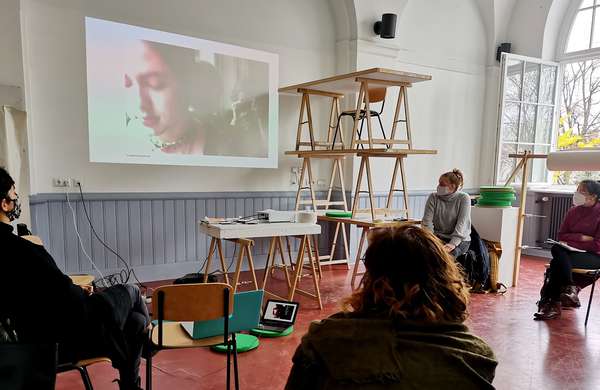





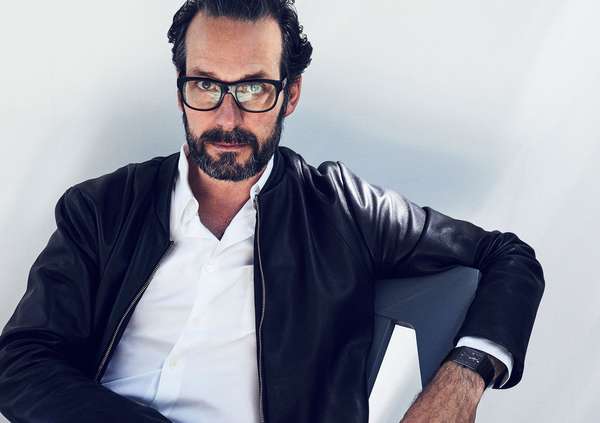

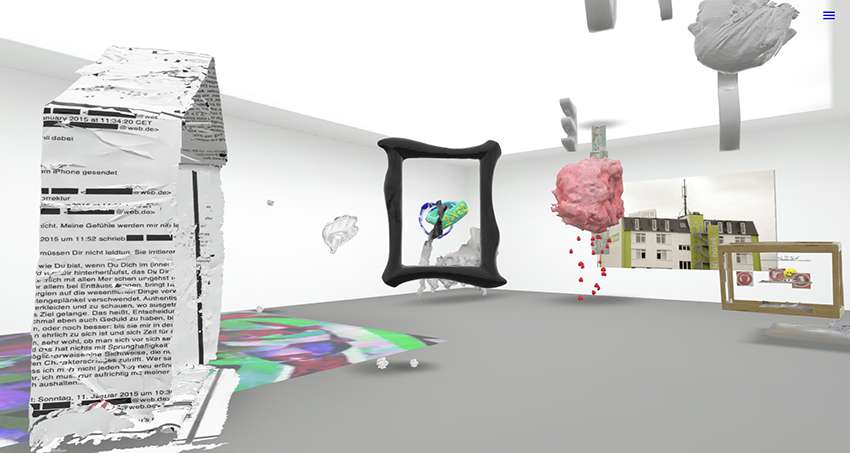

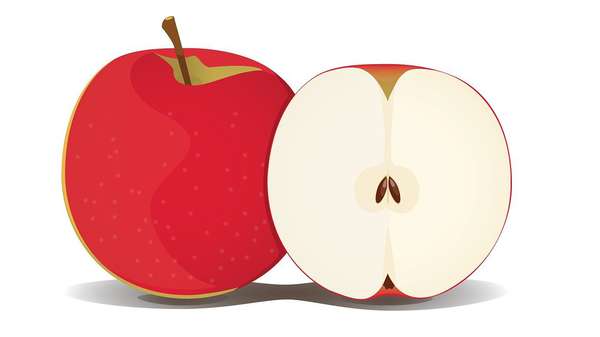

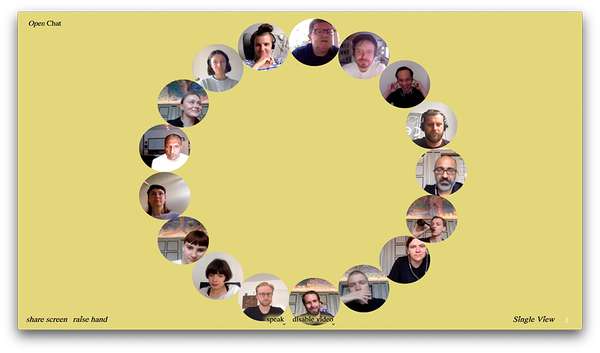

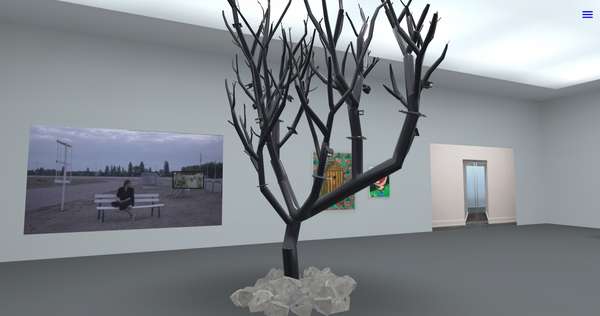









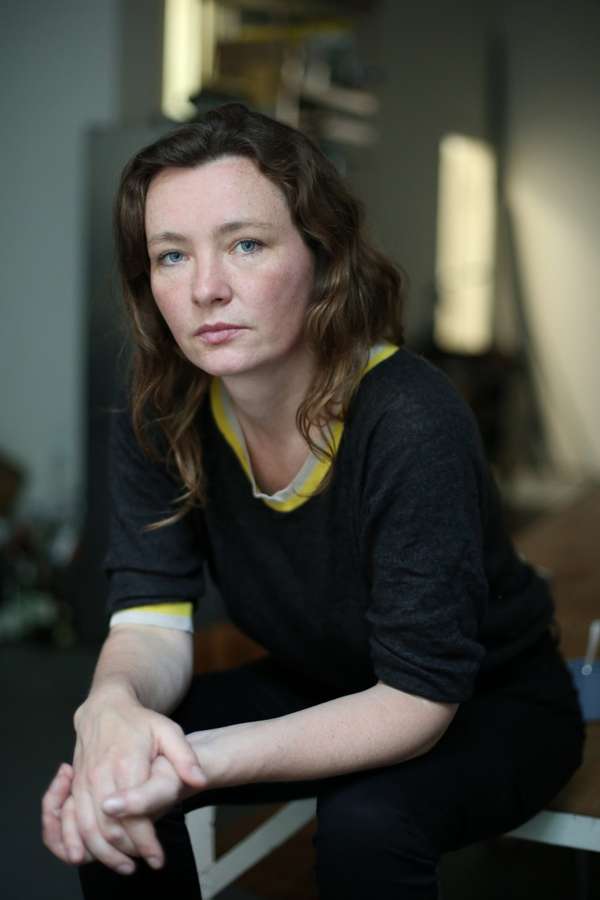

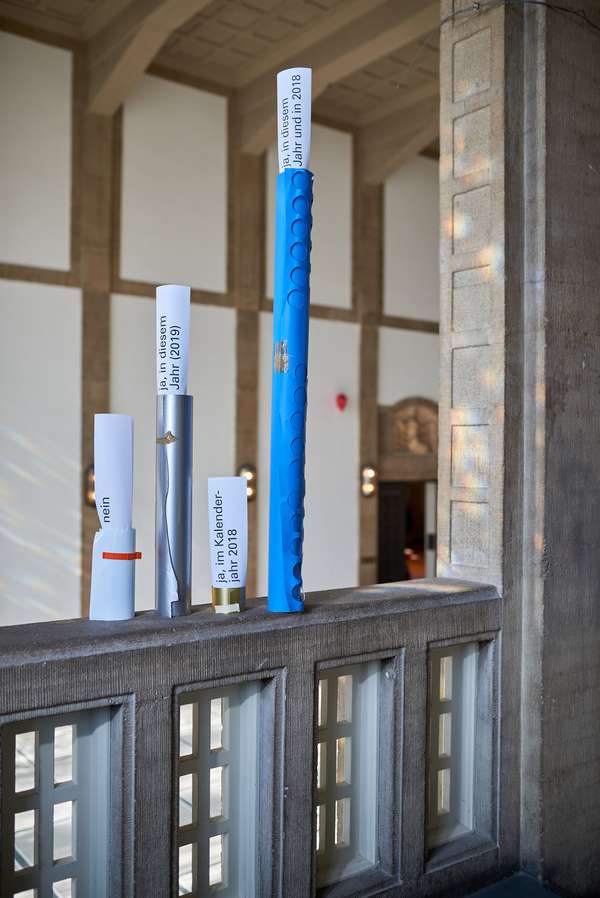



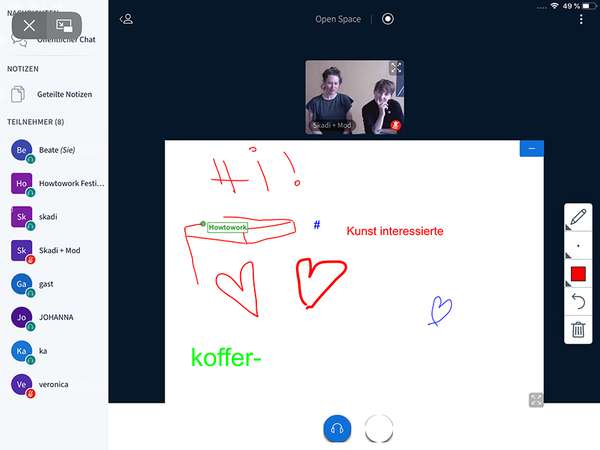
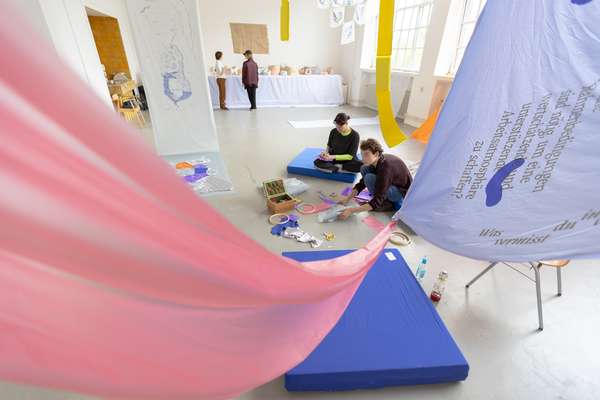

 Graduate Show 2025: Don't stop me now
Graduate Show 2025: Don't stop me now
 Long days, lots to do
Long days, lots to do
 Cine*Ami*es
Cine*Ami*es
 Redesign Democracy – competition for the ballot box of the democratic future
Redesign Democracy – competition for the ballot box of the democratic future
 Art in public space
Art in public space
 How to apply: study at HFBK Hamburg
How to apply: study at HFBK Hamburg
 Annual Exhibition 2025 at the HFBK Hamburg
Annual Exhibition 2025 at the HFBK Hamburg
 The Elephant in The Room – Sculpture today
The Elephant in The Room – Sculpture today
 Hiscox Art Prize 2024
Hiscox Art Prize 2024
 The New Woman
The New Woman
 Doing a PhD at the HFBK Hamburg
Doing a PhD at the HFBK Hamburg
 Graduate Show 2024 - Letting Go
Graduate Show 2024 - Letting Go
 Finkenwerder Art Prize 2024
Finkenwerder Art Prize 2024
 Archives of the Body - The Body in Archiving
Archives of the Body - The Body in Archiving
 New partnership with the School of Arts at the University of Haifa
New partnership with the School of Arts at the University of Haifa
 Annual Exhibition 2024 at the HFBK Hamburg
Annual Exhibition 2024 at the HFBK Hamburg
 (Ex)Changes of / in Art
(Ex)Changes of / in Art
 Extended Libraries
Extended Libraries
 And Still I Rise
And Still I Rise
 Let's talk about language
Let's talk about language
 Graduate Show 2023: Unfinished Business
Graduate Show 2023: Unfinished Business
 Let`s work together
Let`s work together
 Annual Exhibition 2023 at HFBK Hamburg
Annual Exhibition 2023 at HFBK Hamburg
 Symposium: Controversy over documenta fifteen
Symposium: Controversy over documenta fifteen
 Festival and Symposium: Non-Knowledge, Laughter and the Moving Image
Festival and Symposium: Non-Knowledge, Laughter and the Moving Image
 Solo exhibition by Konstantin Grcic
Solo exhibition by Konstantin Grcic
 Art and war
Art and war
 Graduate Show 2022: We’ve Only Just Begun
Graduate Show 2022: We’ve Only Just Begun
 June is full of art and theory
June is full of art and theory
 Finkenwerder Art Prize 2022
Finkenwerder Art Prize 2022
 Nachhaltigkeit im Kontext von Kunst und Kunsthochschule
Nachhaltigkeit im Kontext von Kunst und Kunsthochschule
 Raum für die Kunst
Raum für die Kunst
 Annual Exhibition 2022 at the HFBK
Annual Exhibition 2022 at the HFBK
 Conference: Counter-Monuments and Para-Monuments.
Conference: Counter-Monuments and Para-Monuments.
 Diversity
Diversity
 Live und in Farbe: die ASA Open Studios im Juni 2021
Live und in Farbe: die ASA Open Studios im Juni 2021
 Unlearning: Wartenau Assemblies
Unlearning: Wartenau Assemblies
 School of No Consequences
School of No Consequences
 Annual Exhibition 2021 at the HFBK
Annual Exhibition 2021 at the HFBK
 Semestereröffnung und Hiscox-Preisverleihung 2020
Semestereröffnung und Hiscox-Preisverleihung 2020
 Teaching Art Online at the HFBK
Teaching Art Online at the HFBK
 HFBK Graduate Survey
HFBK Graduate Survey
 How political is Social Design?
How political is Social Design?